Kaibab Camper Village, Fredonia, Arizona (Grand Canyon North Rim)
Know also that wisdom is sweet to your soul; if you find it, there is a future hope for you, and your hope will not be cut off. ~ Proverbs 24:14
Our day started with another sighting of the elusive Kaibab Squirrel. We spotted him about the same time this morning, in about the same place and watched as he scampered from one neighbor’s site to the other’s, through ours. Good way to start the day!
We spent today just driving around National Forest roads and exploring the Vermilion Cliffs National Monument Wilderness Area, and it was a beauteous day! We saw several unusual things, including a semi-truck where you’d never expect to see one, and California Condors.
It was a fairly easy day, and not many pictures were taken. At least not compared to the number we usually take. 😊
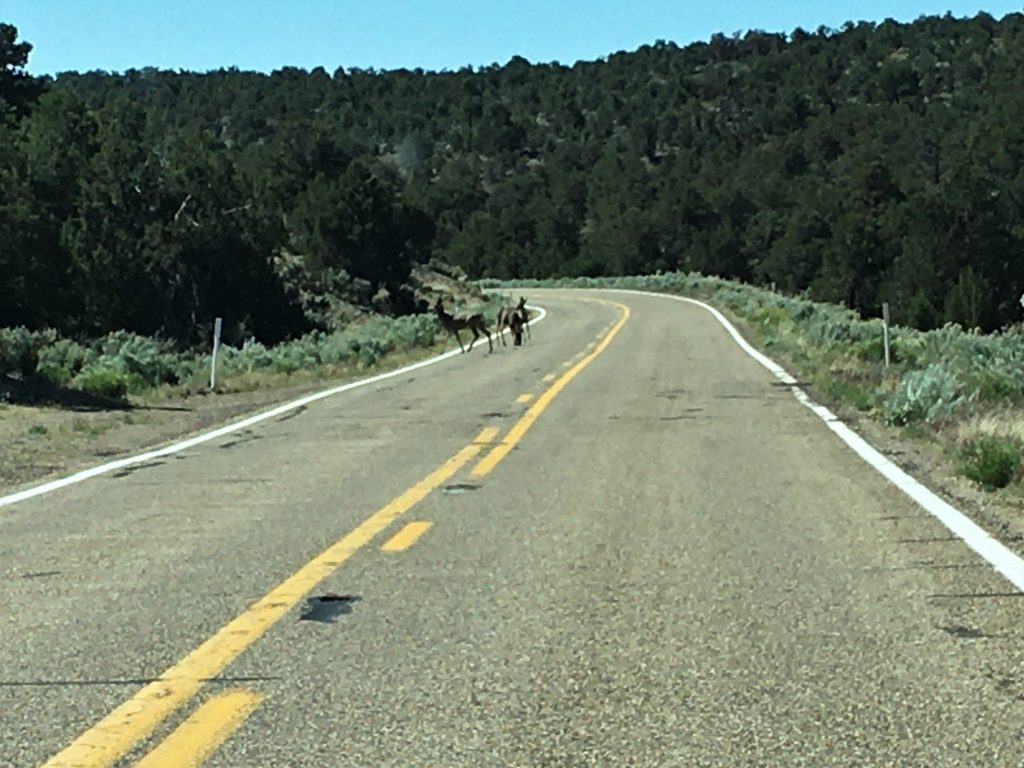
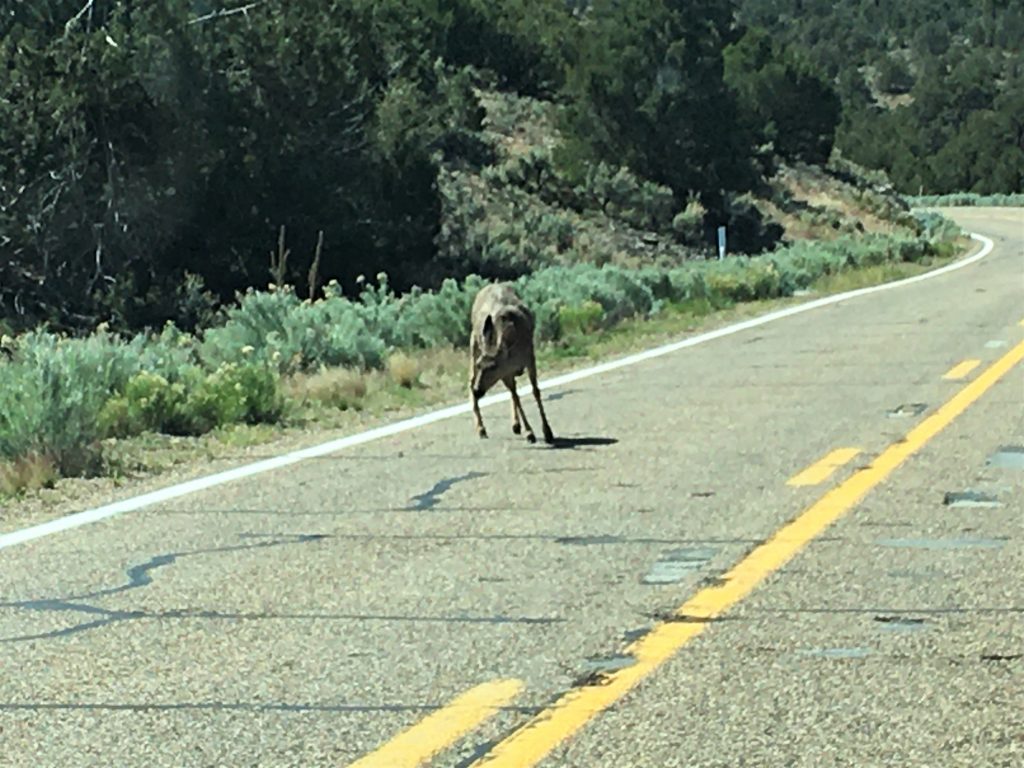
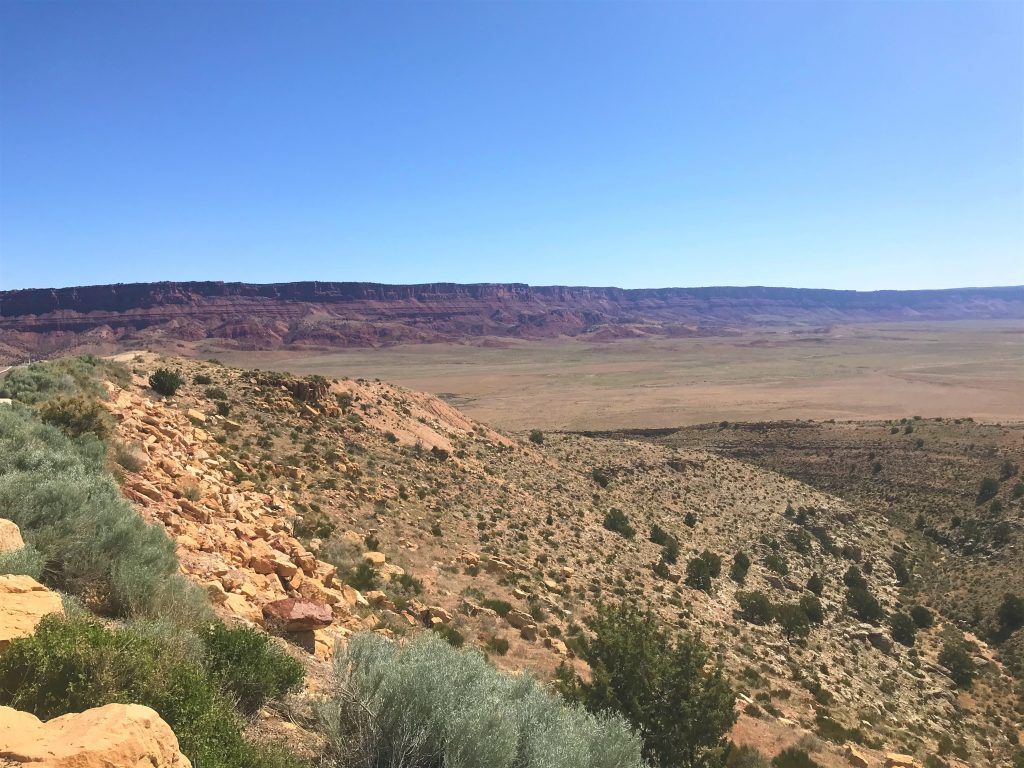
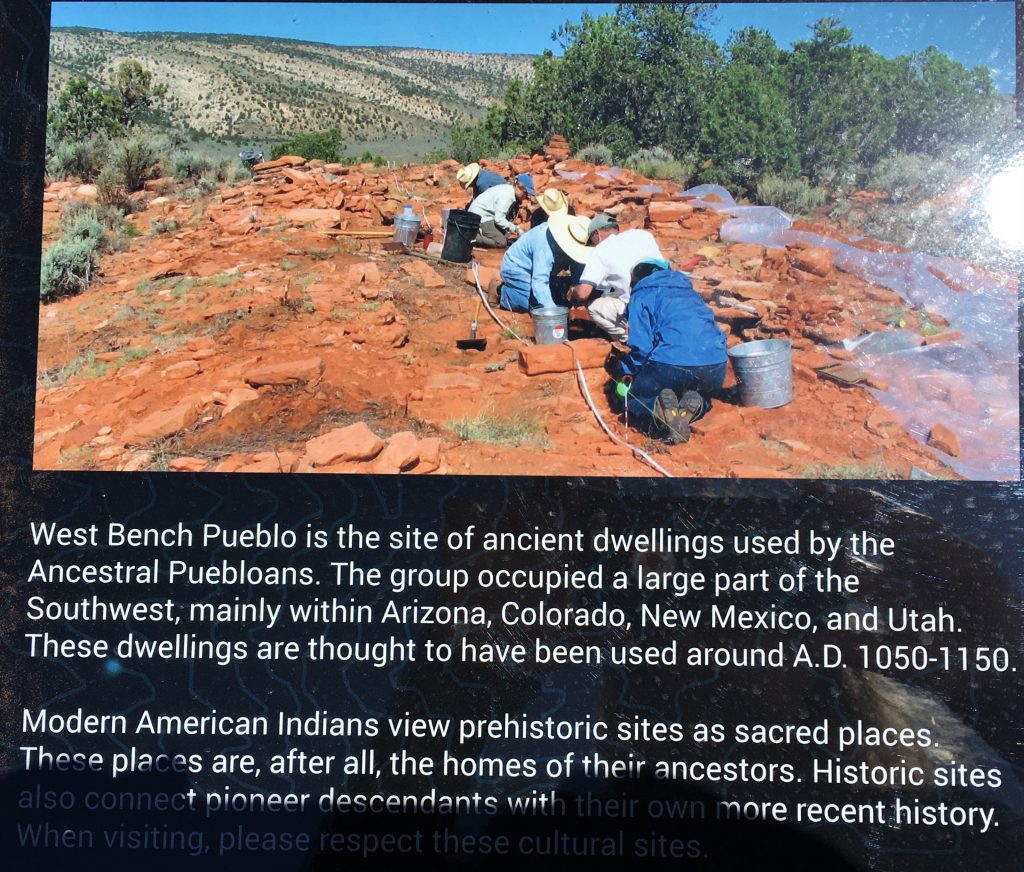
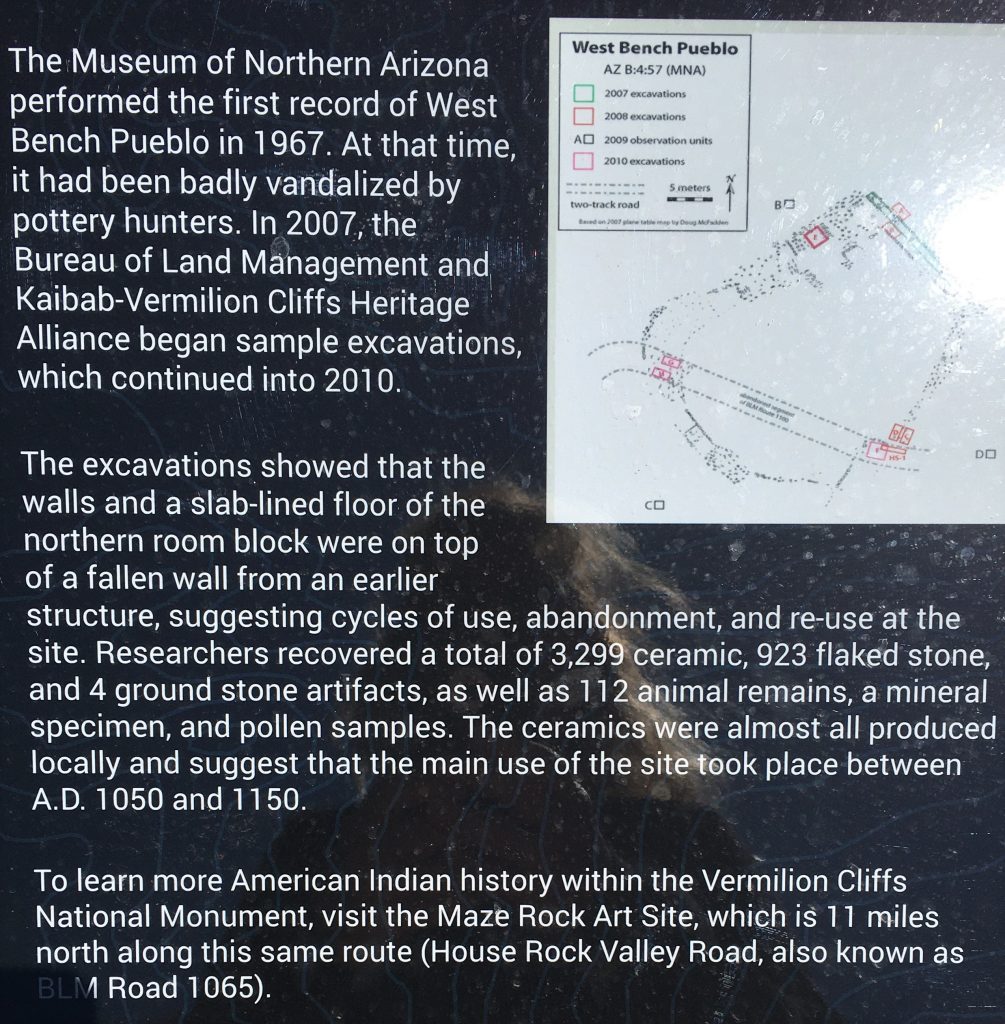
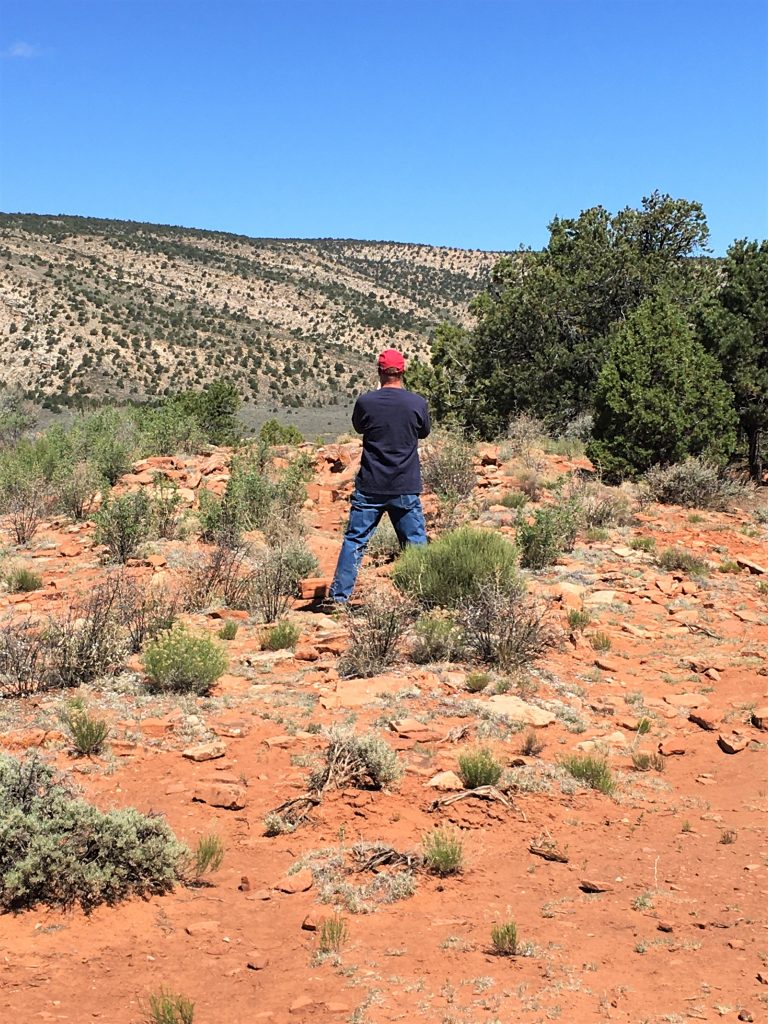
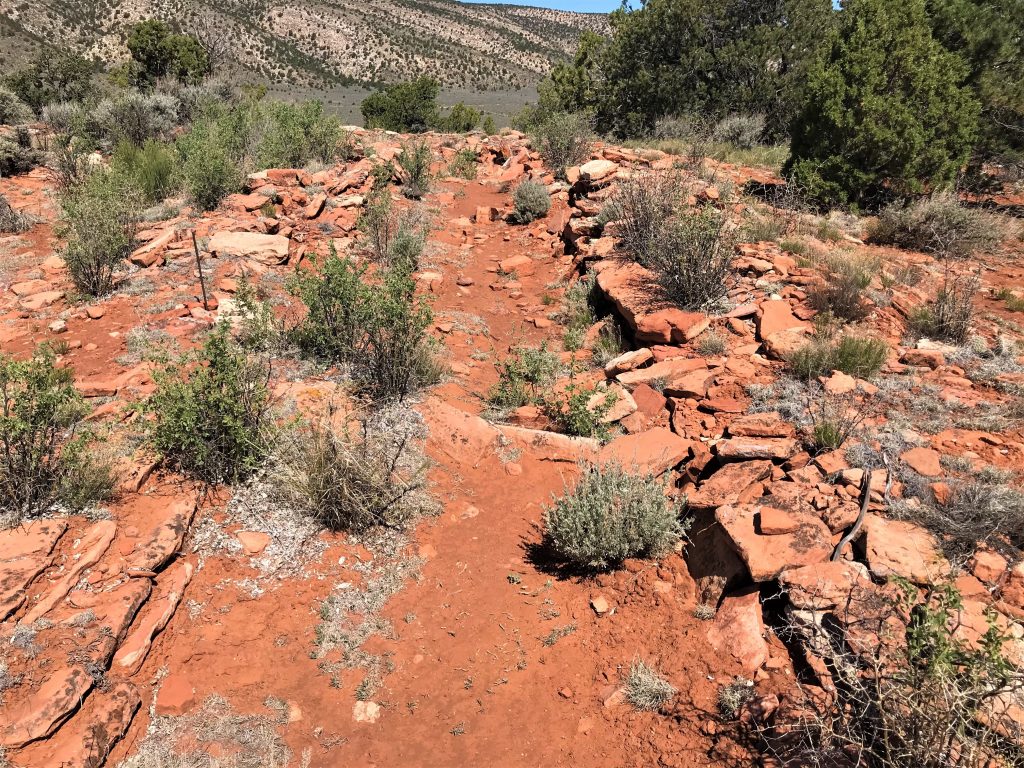
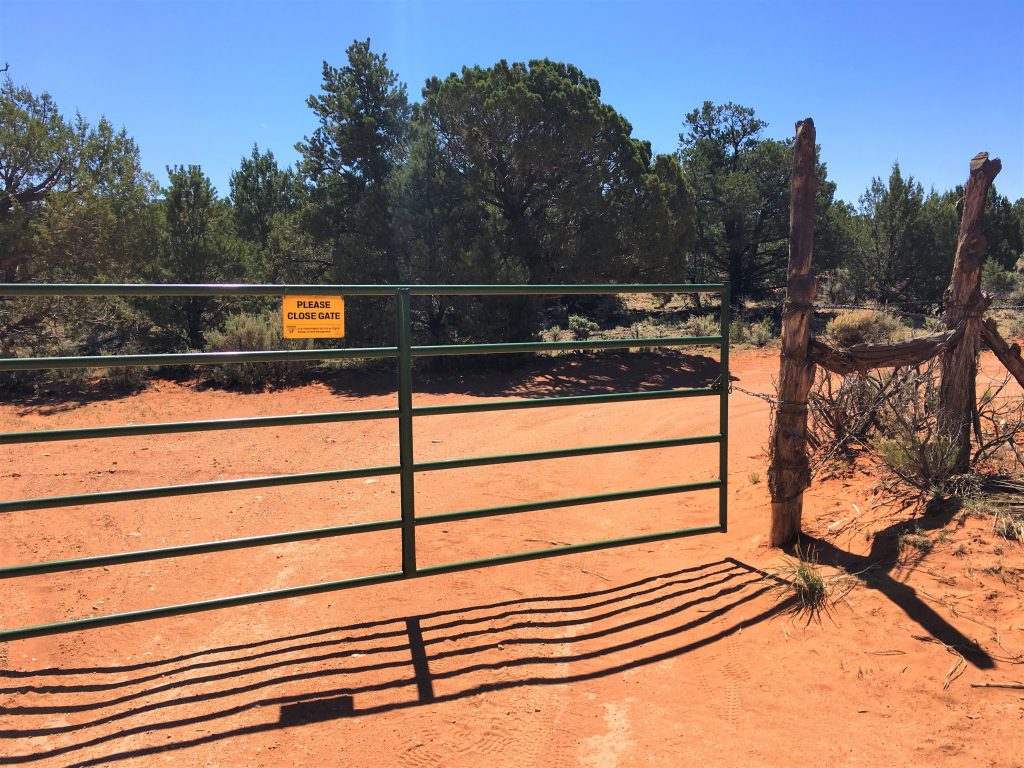
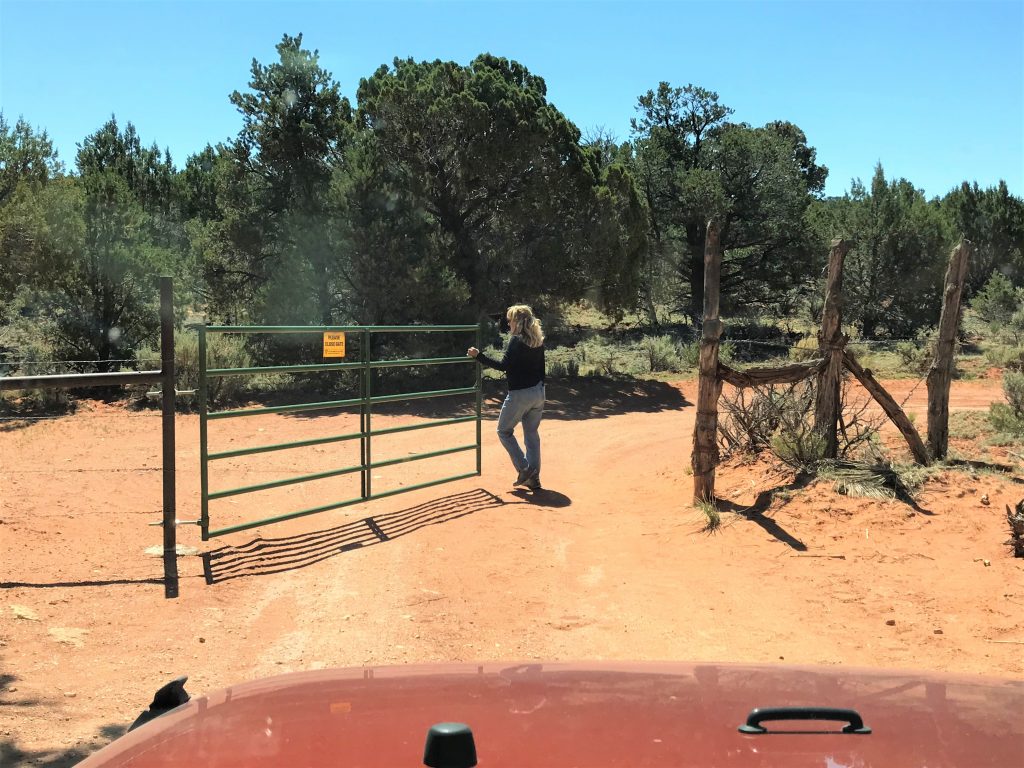
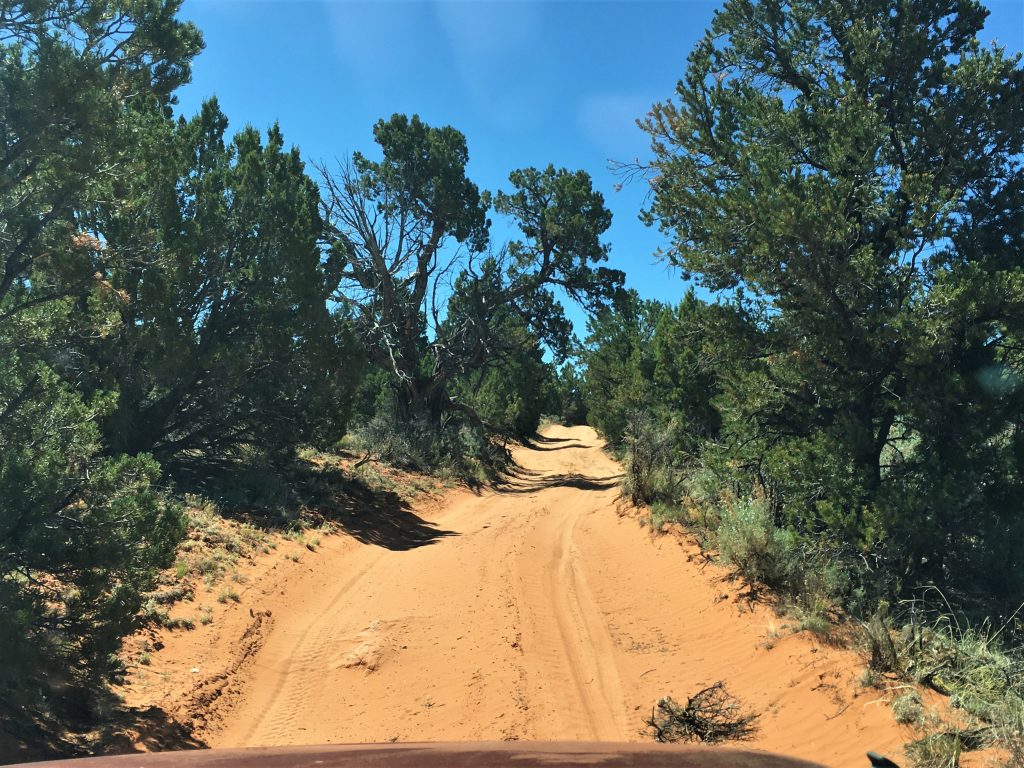
but we stuck to the ruts and with 4-wheel drive we didn’t have any trouble.
Whew!
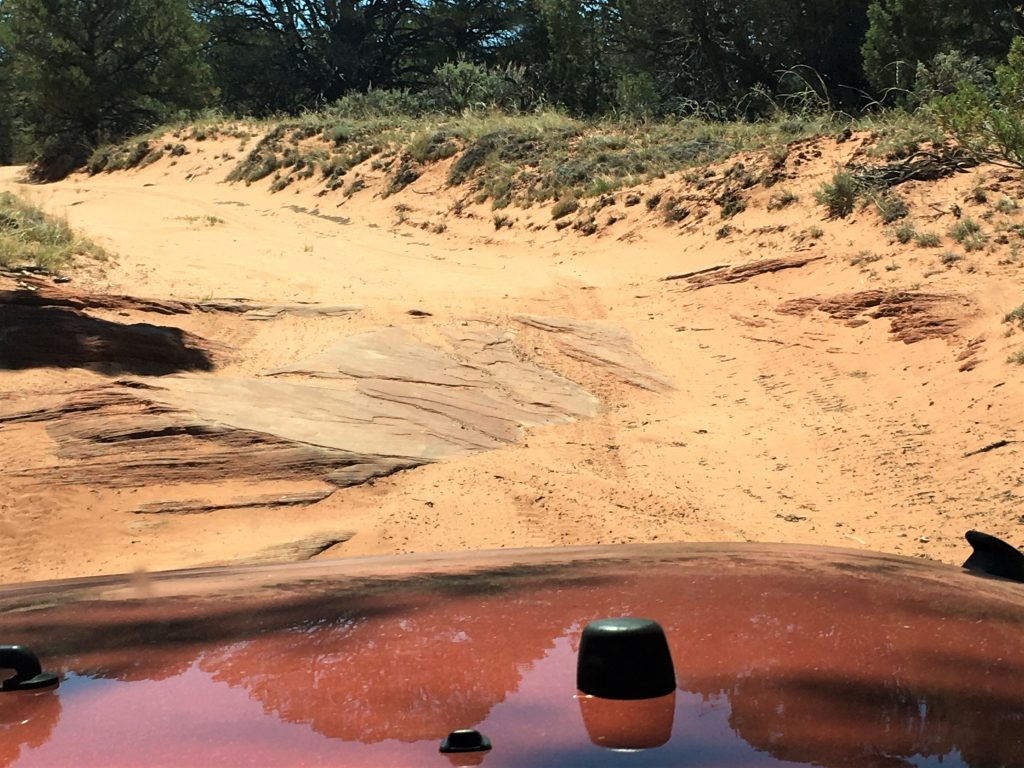
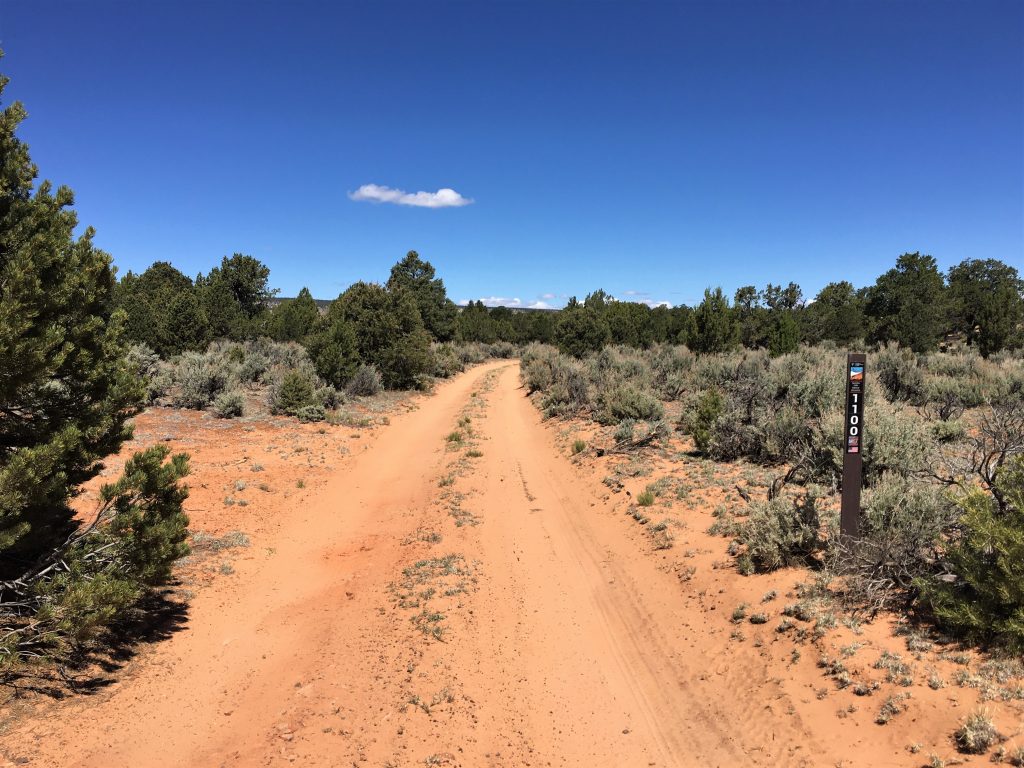
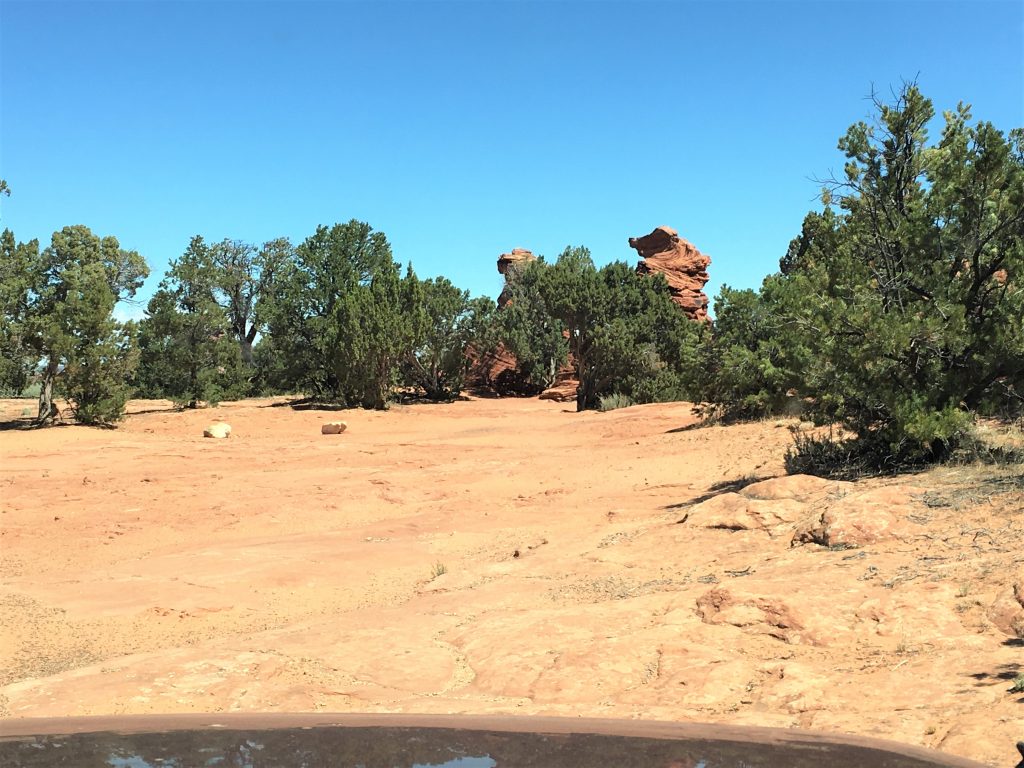
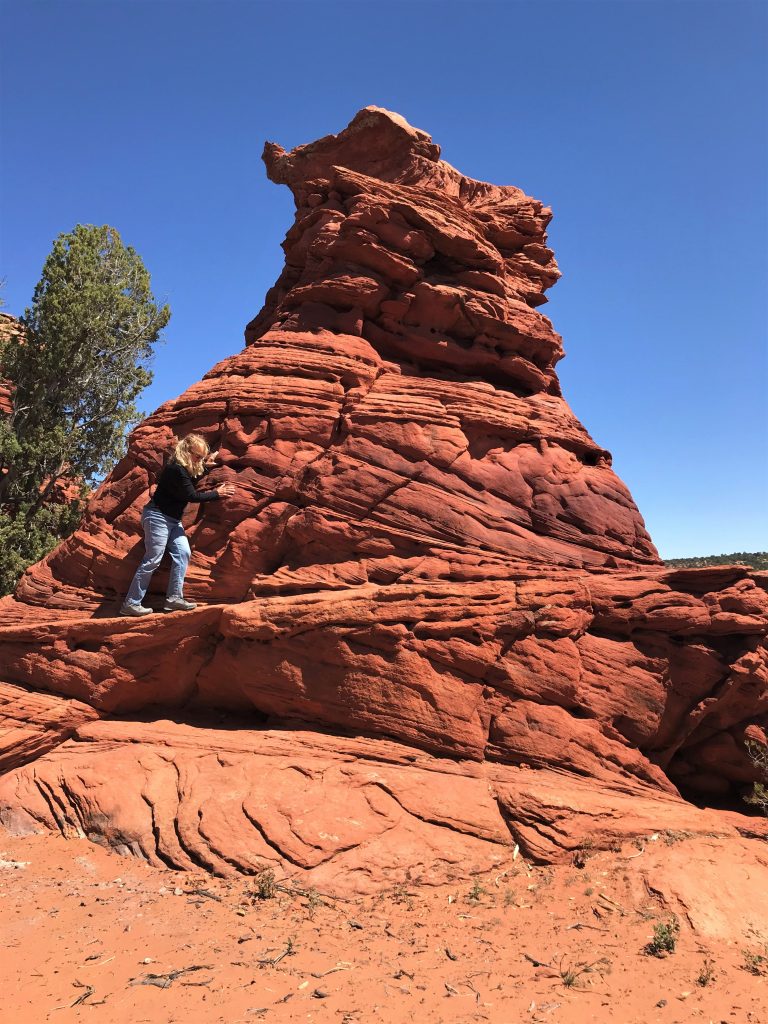
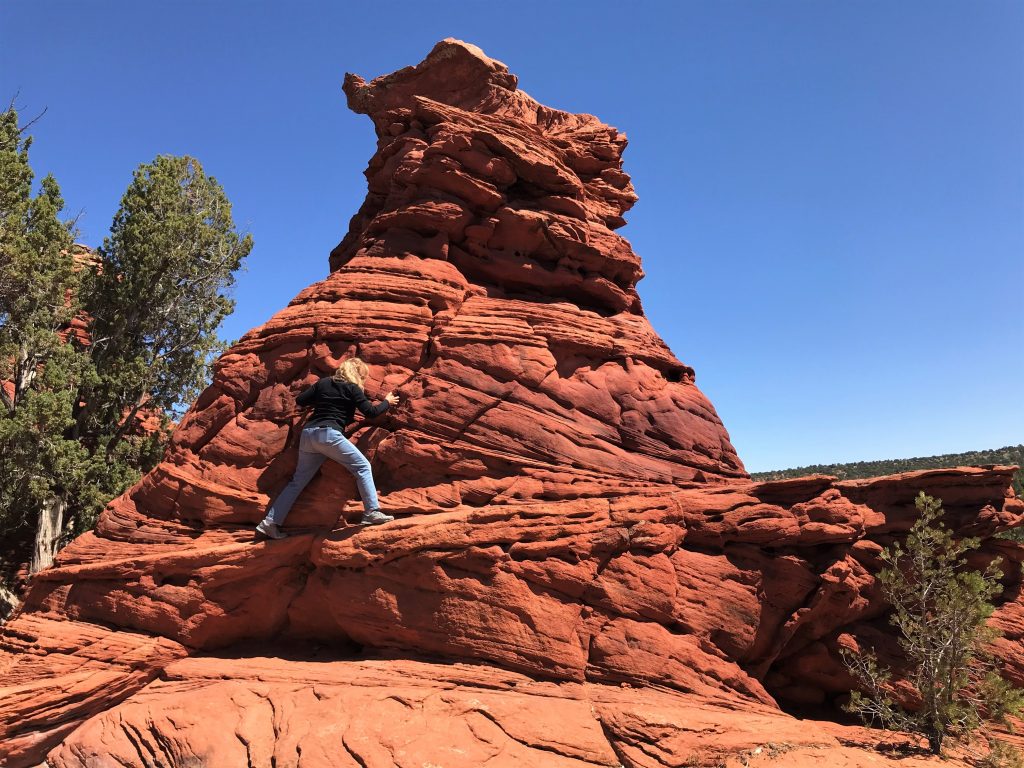



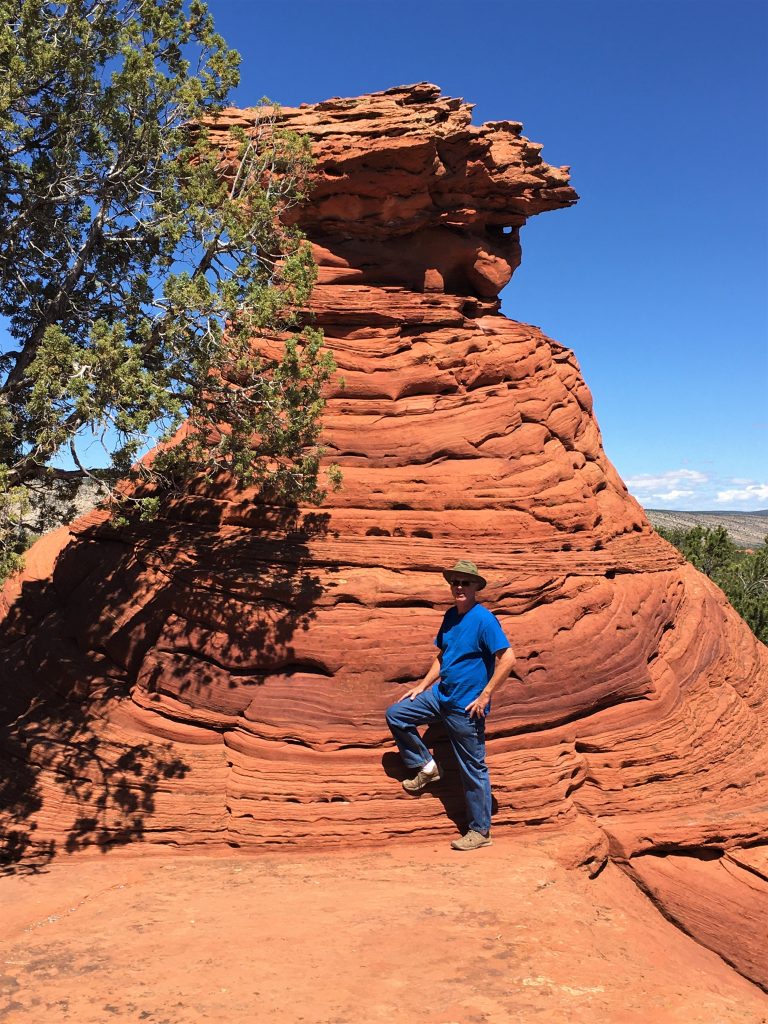
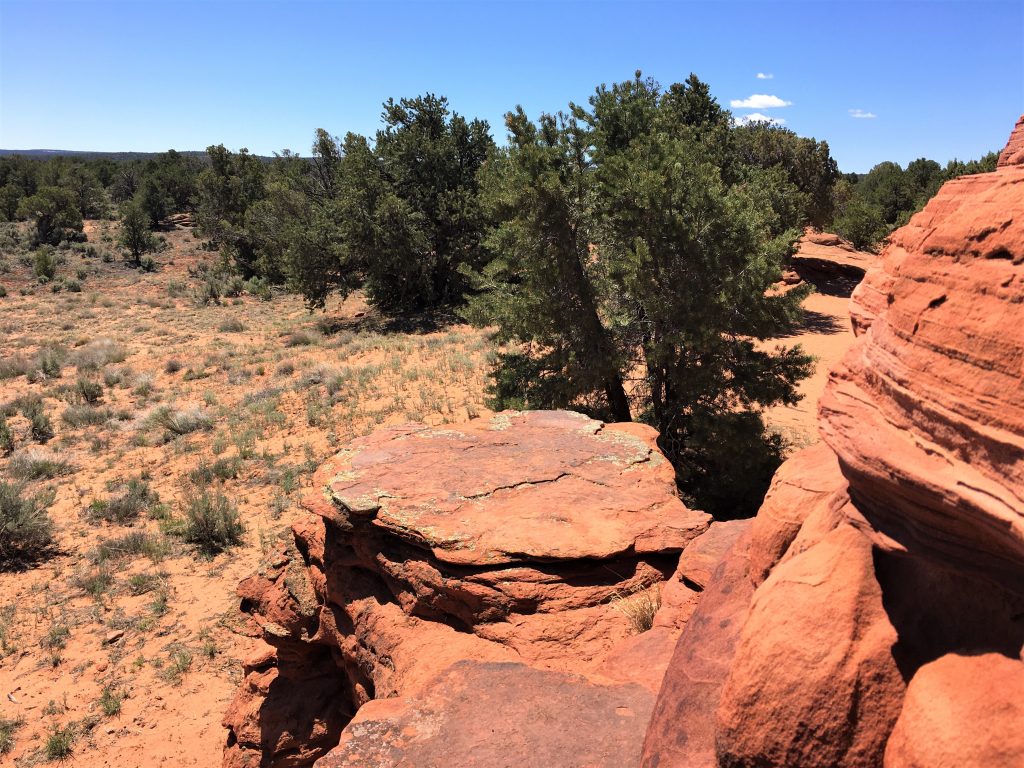
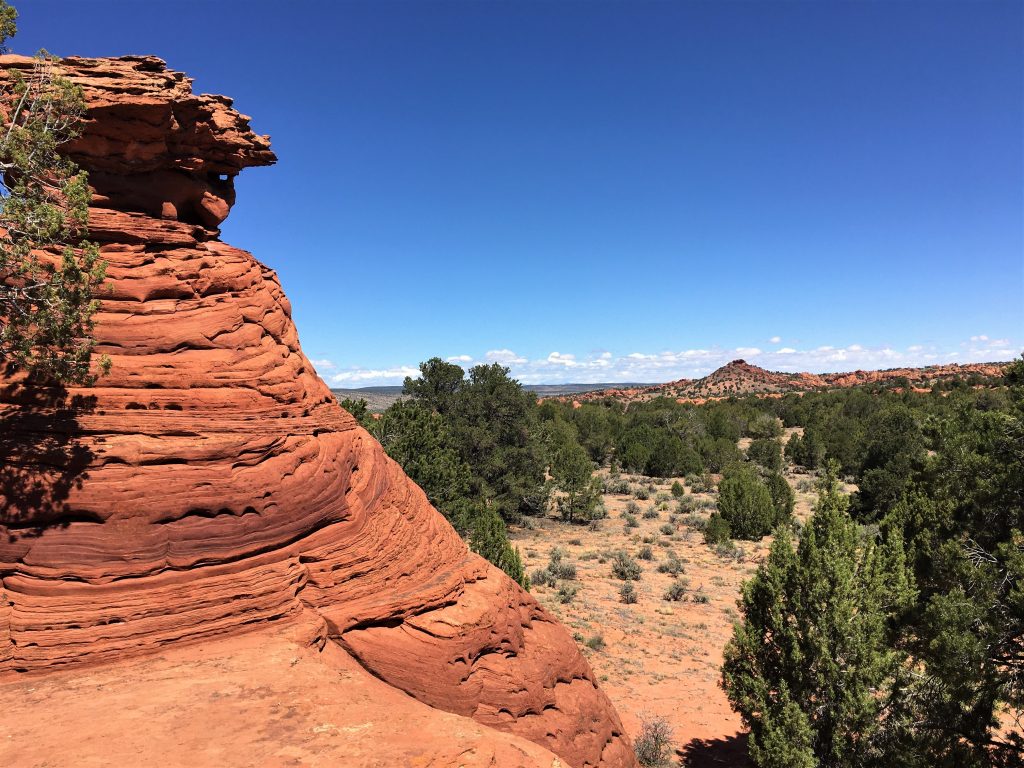
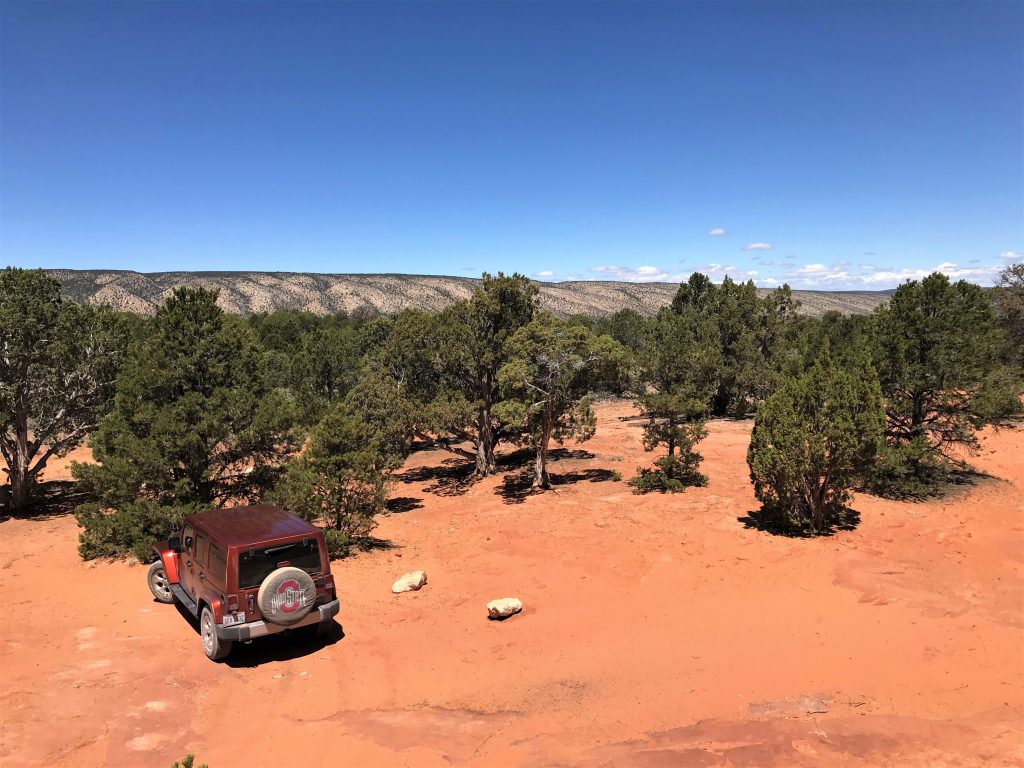
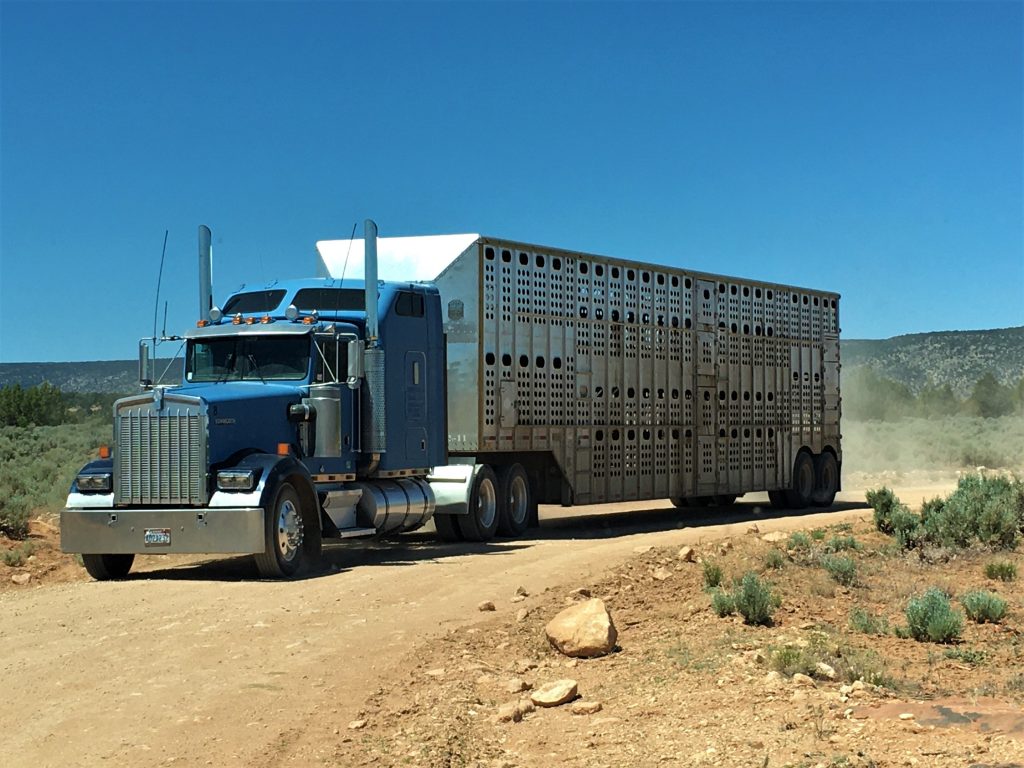
Maybe it’s time to gather up cows?
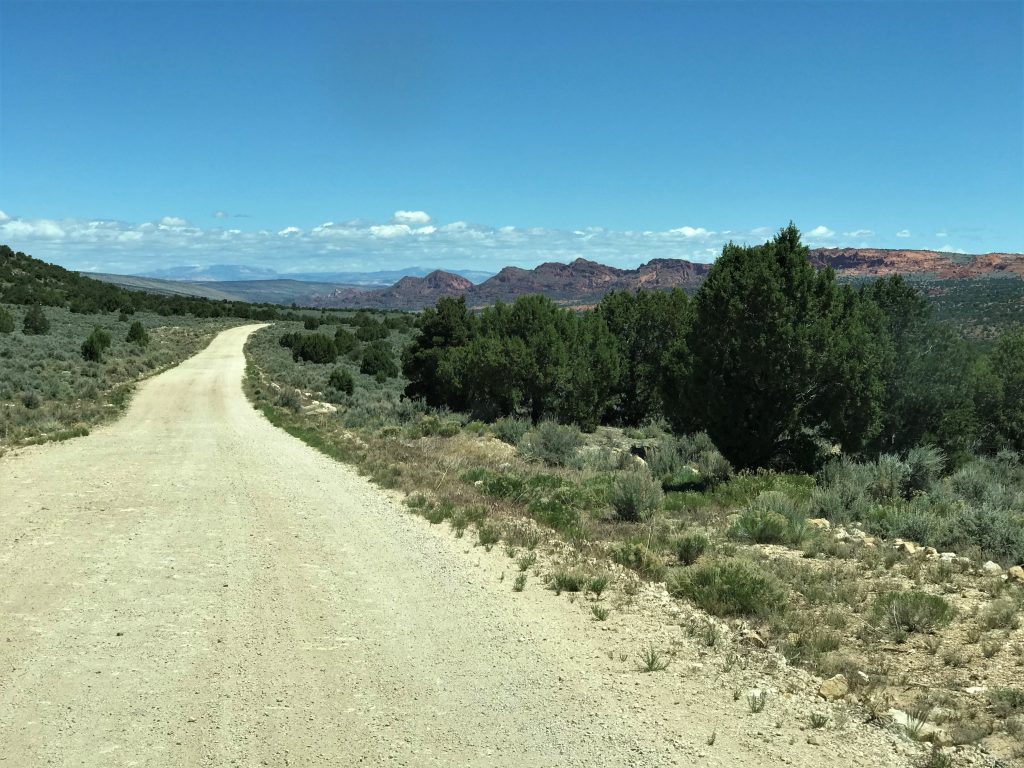
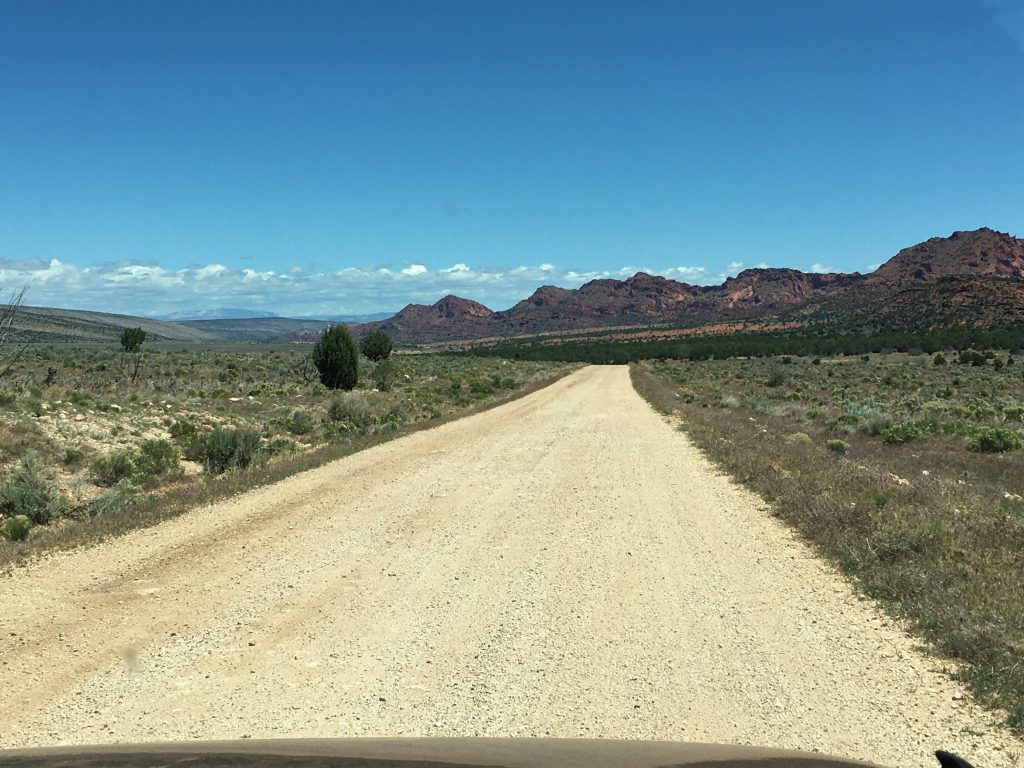
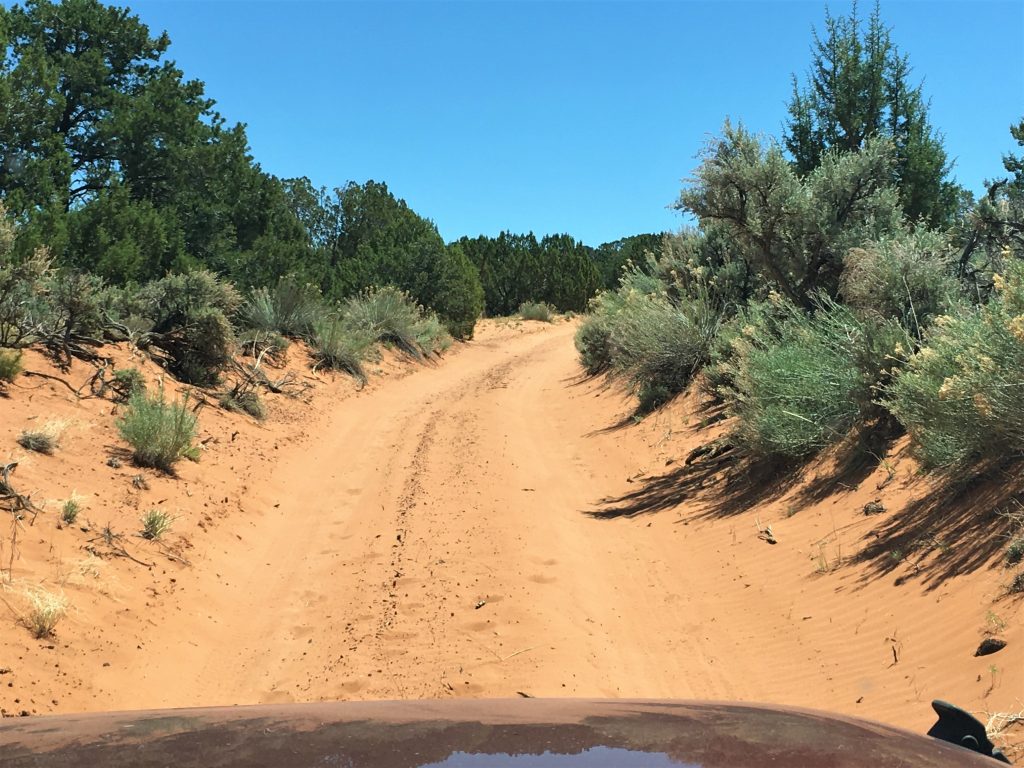
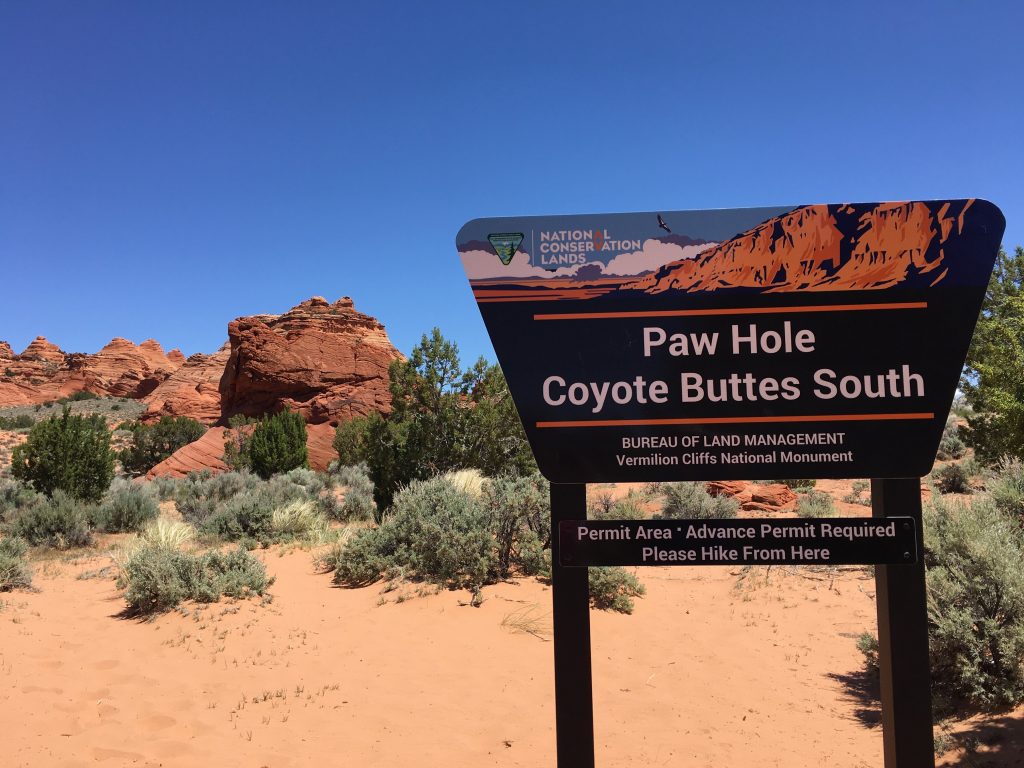
But there was no one here.
We didn’t go in though because if you get caught, the fine is $5,000.
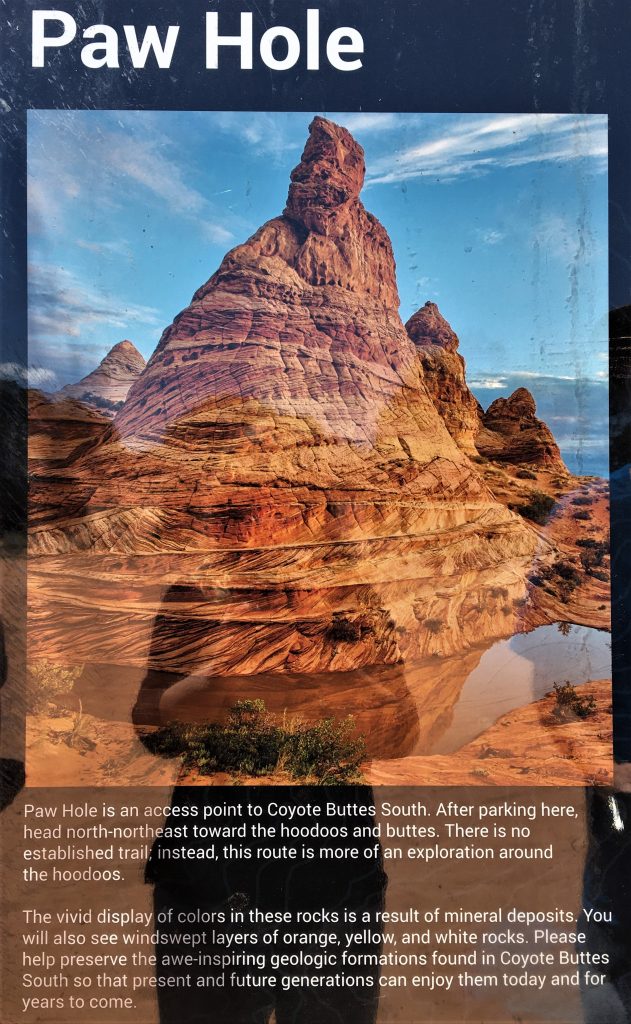

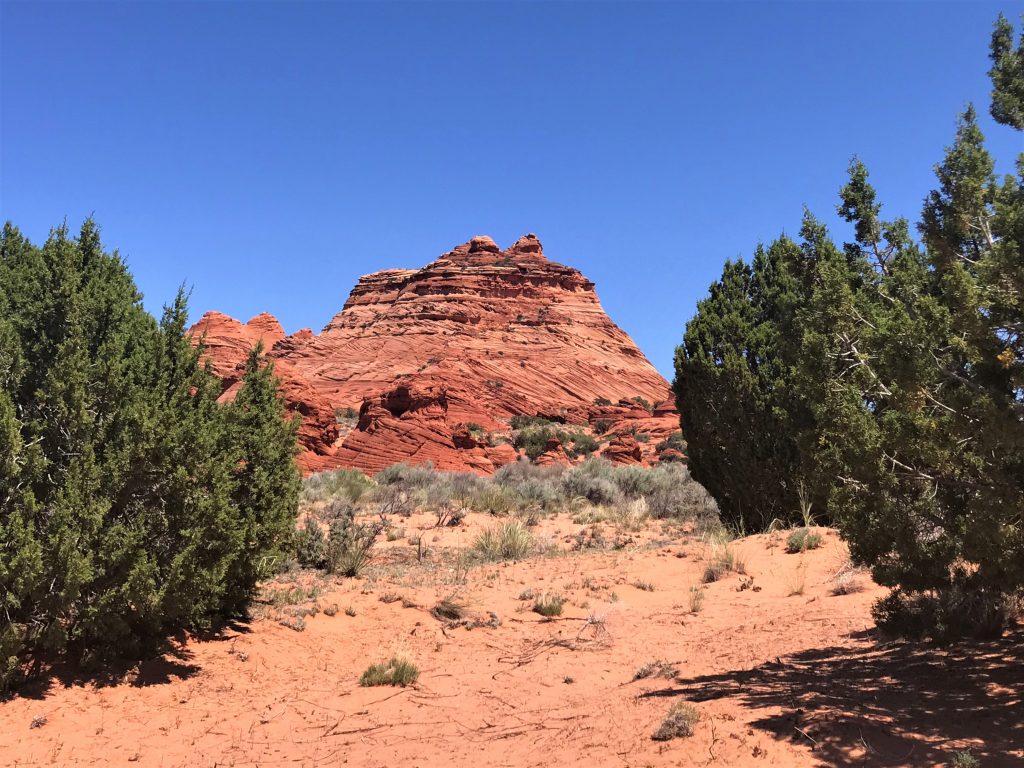
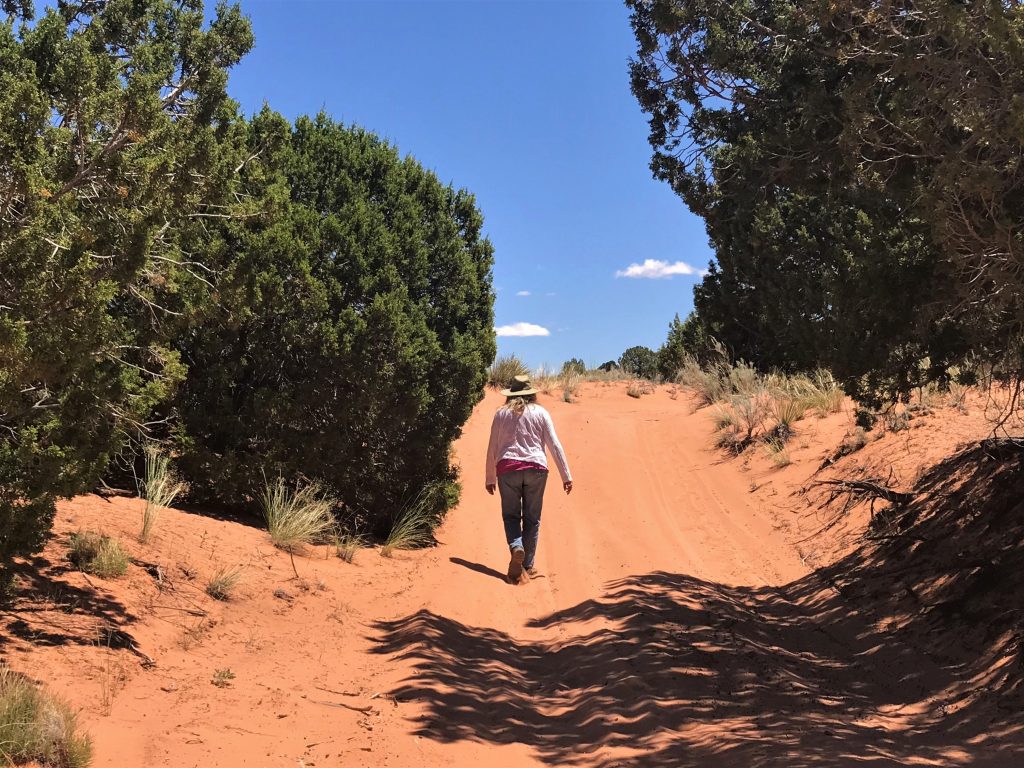
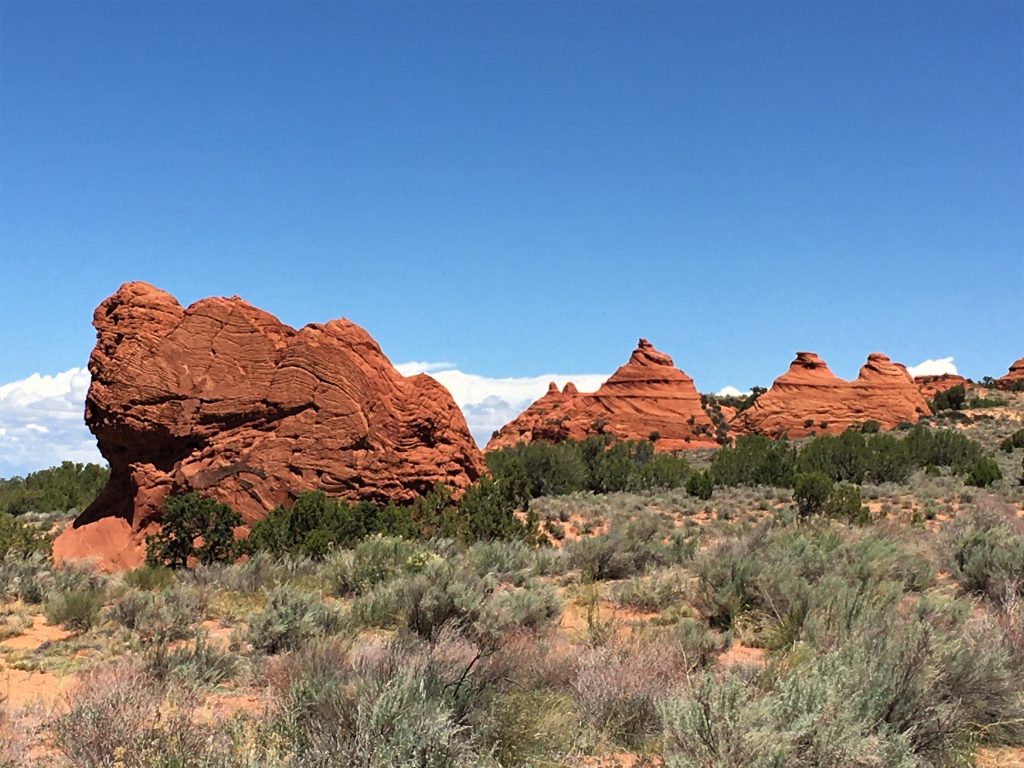
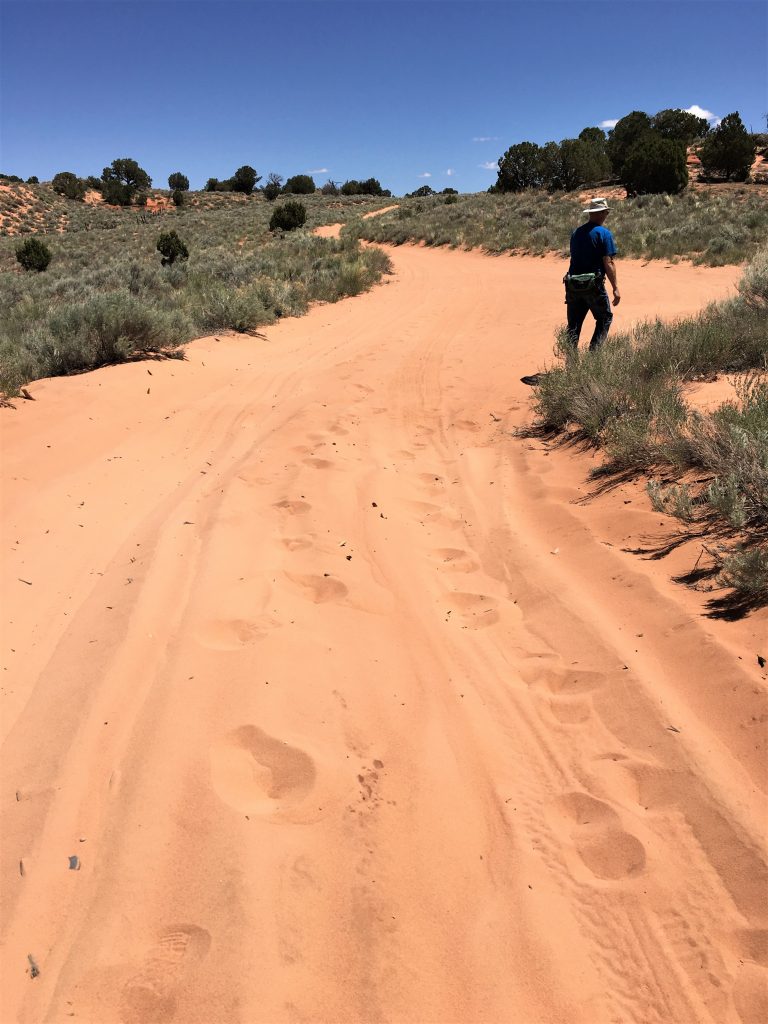
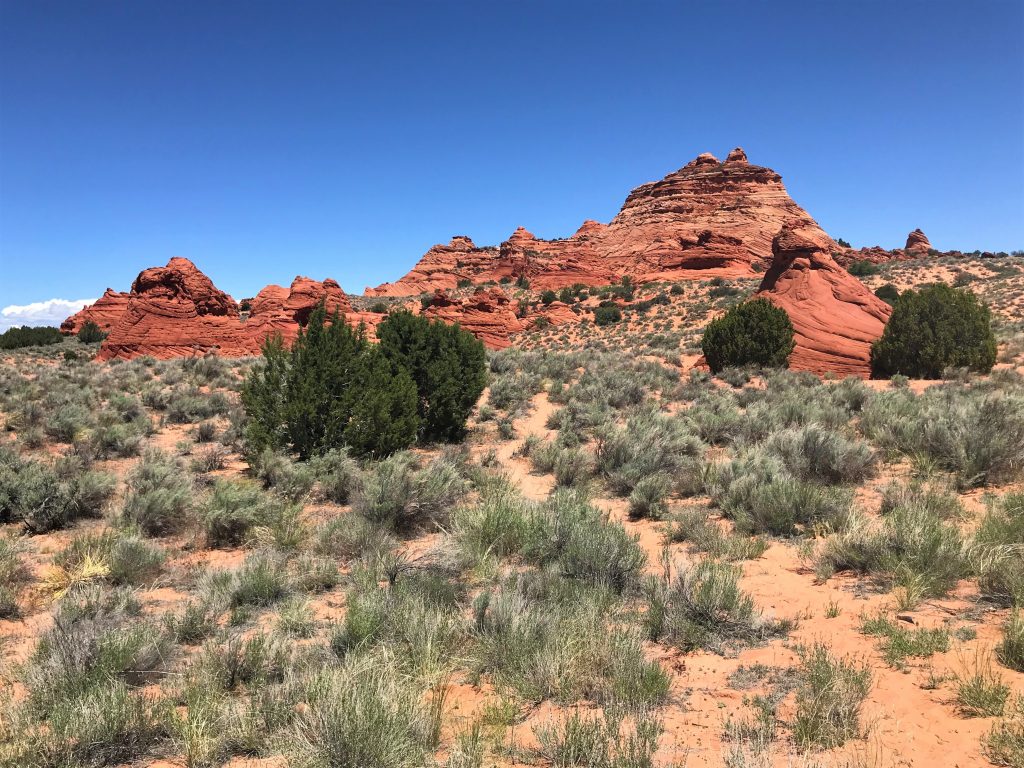
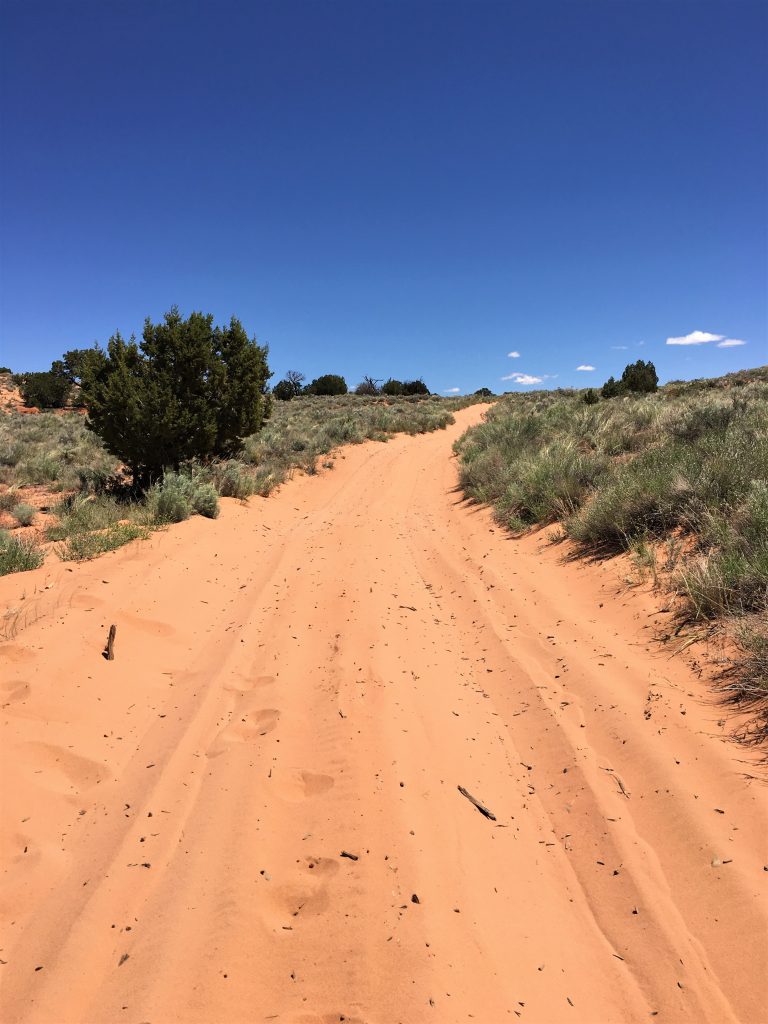
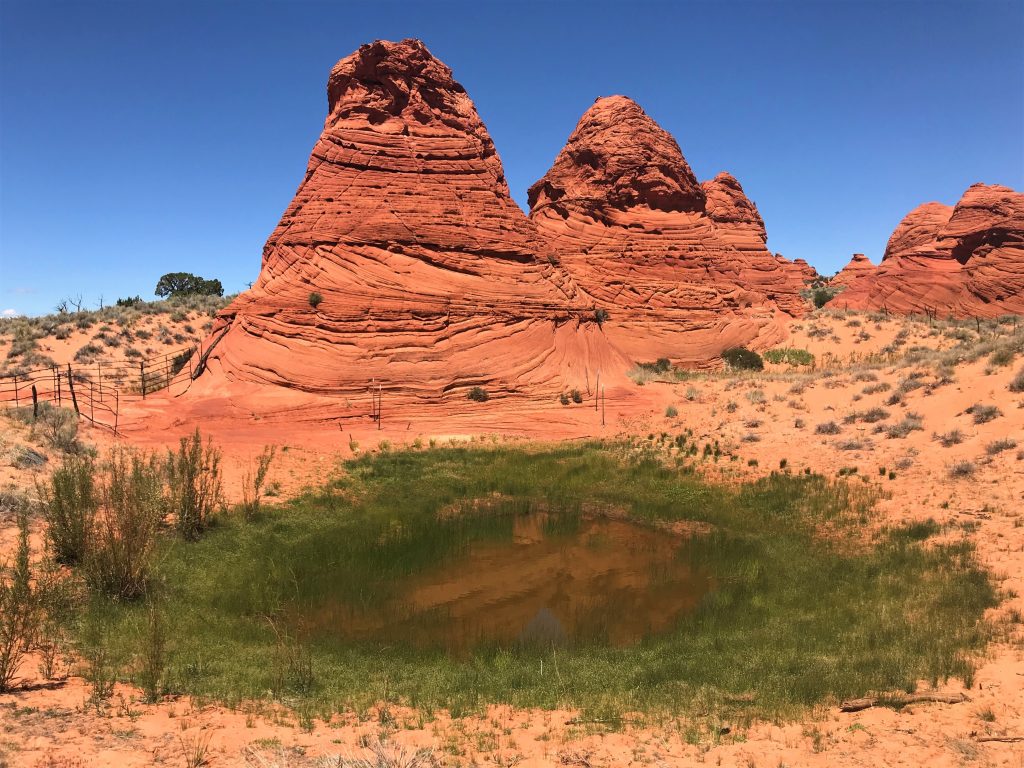
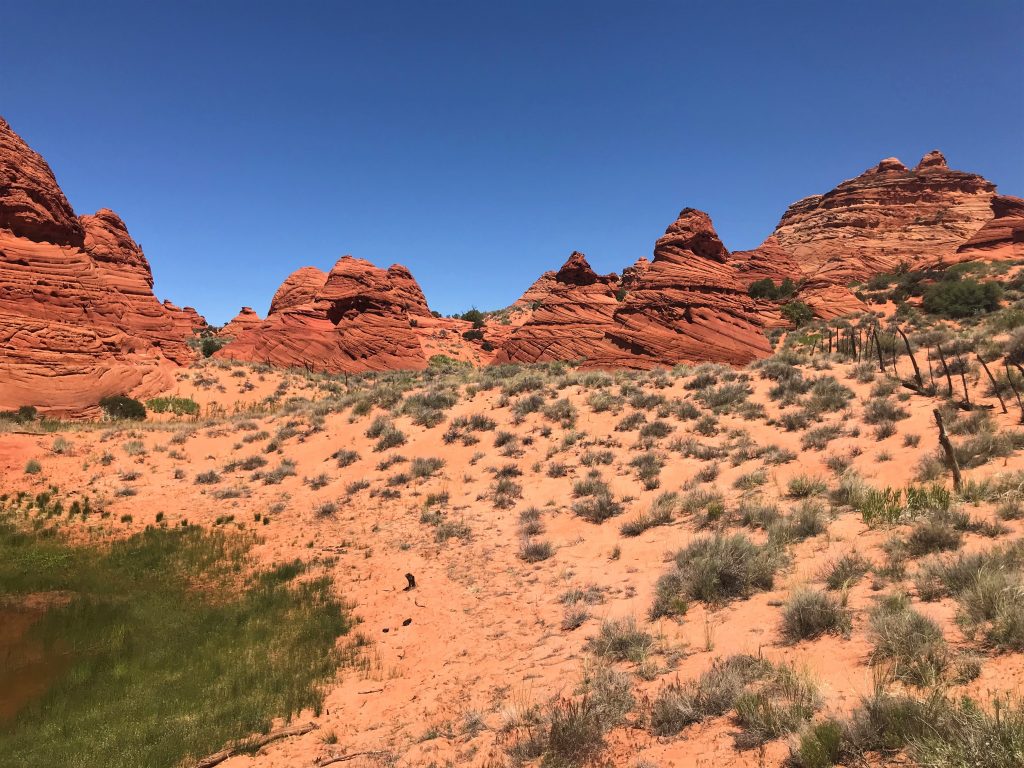
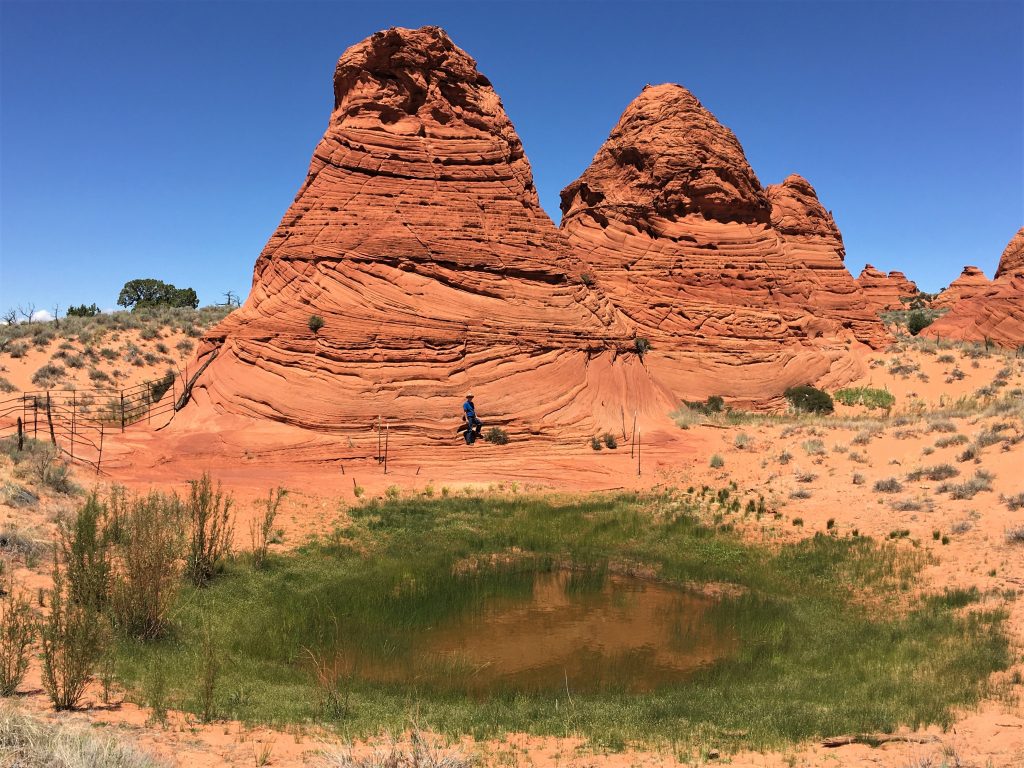
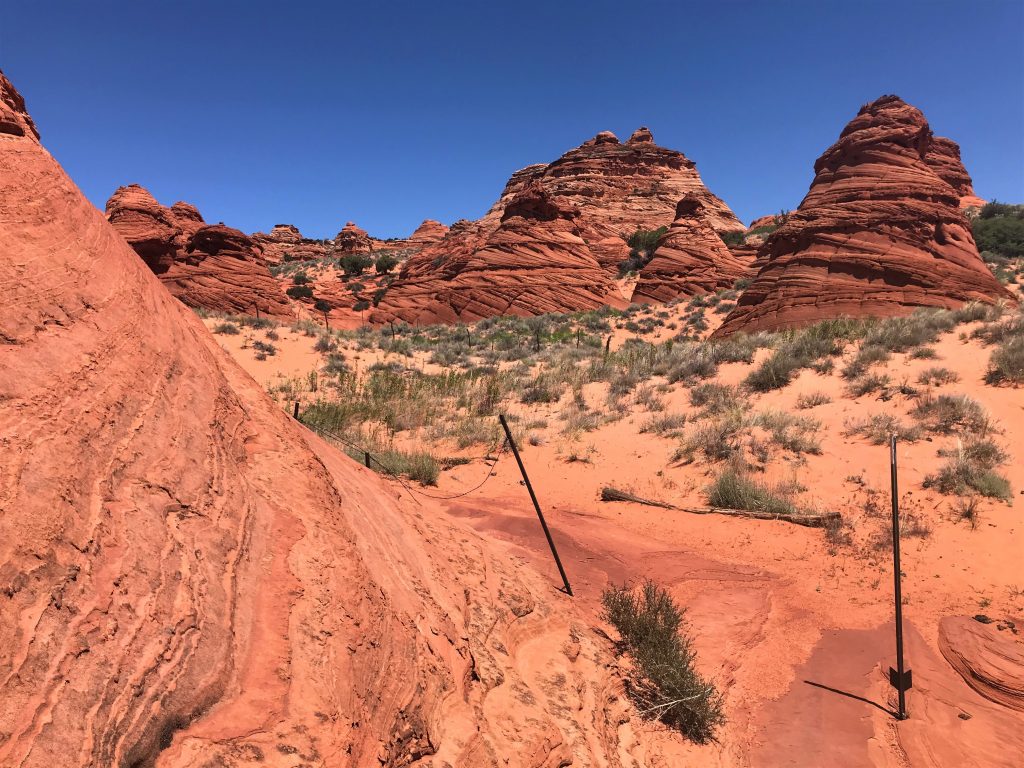
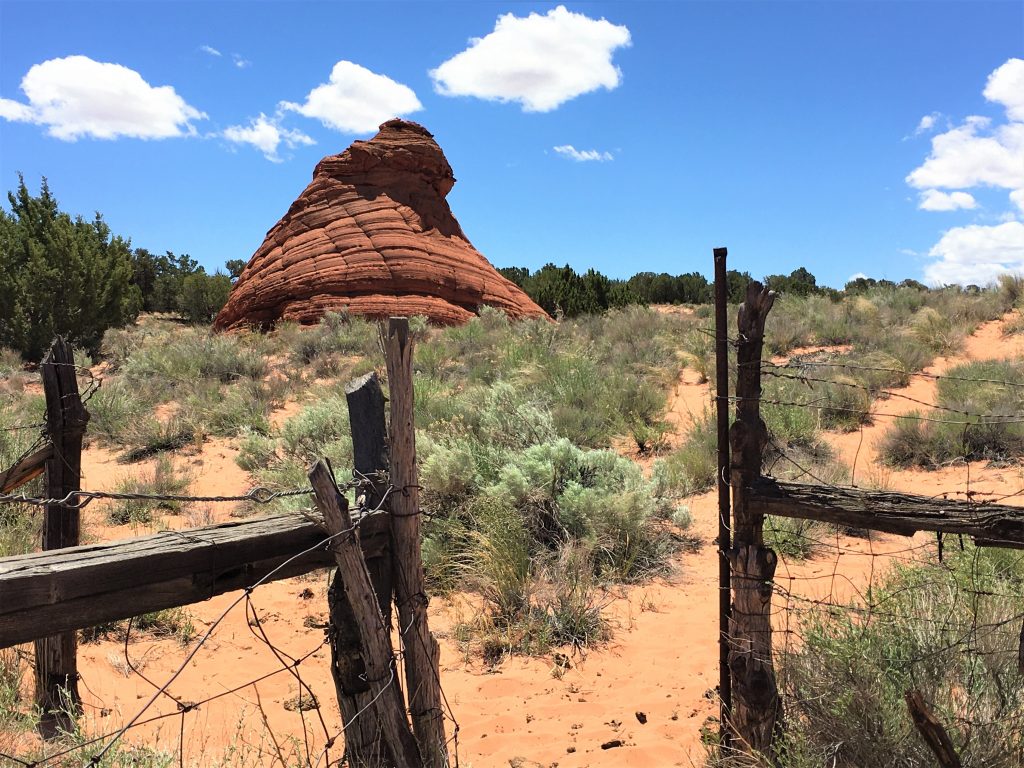
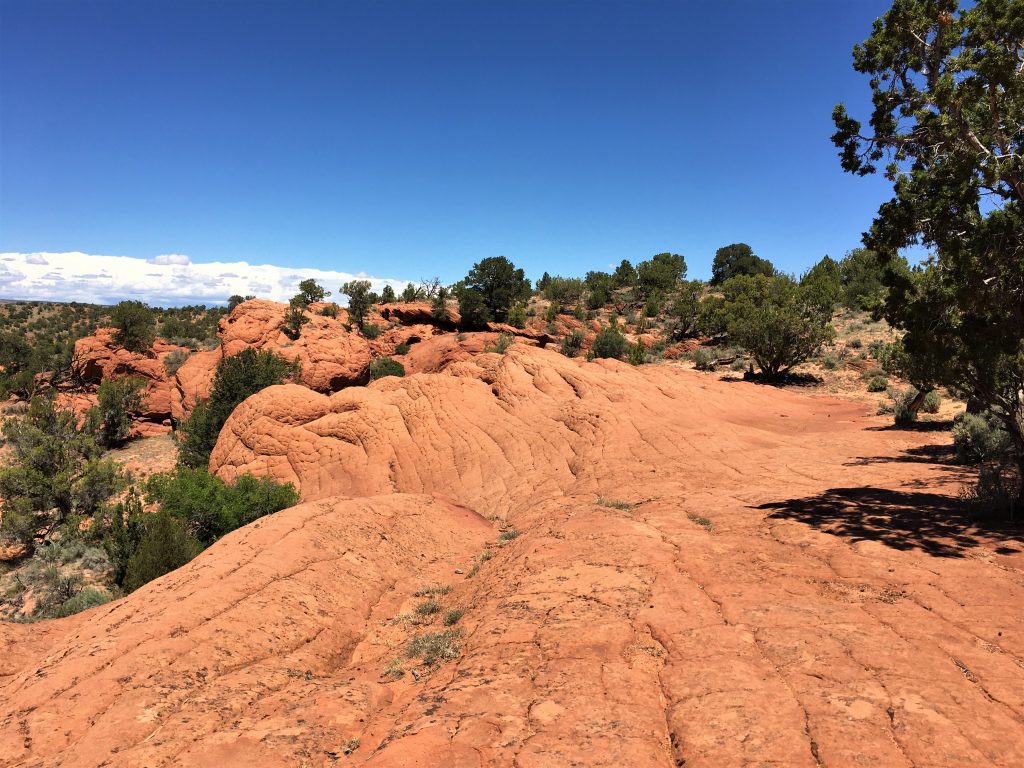
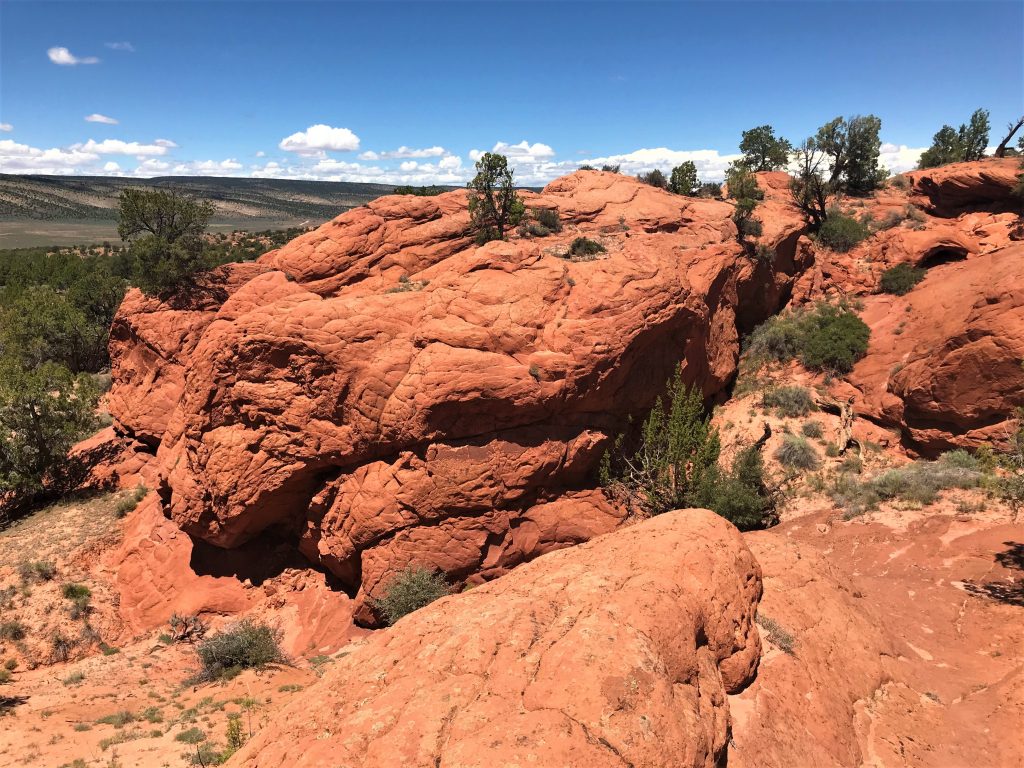

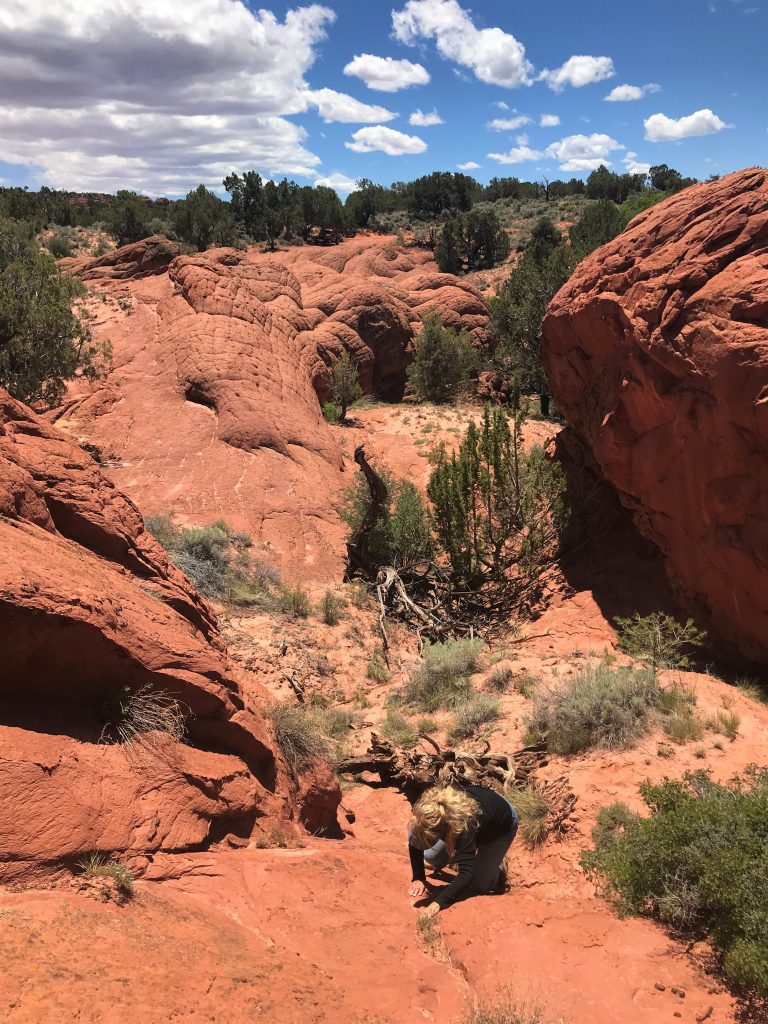
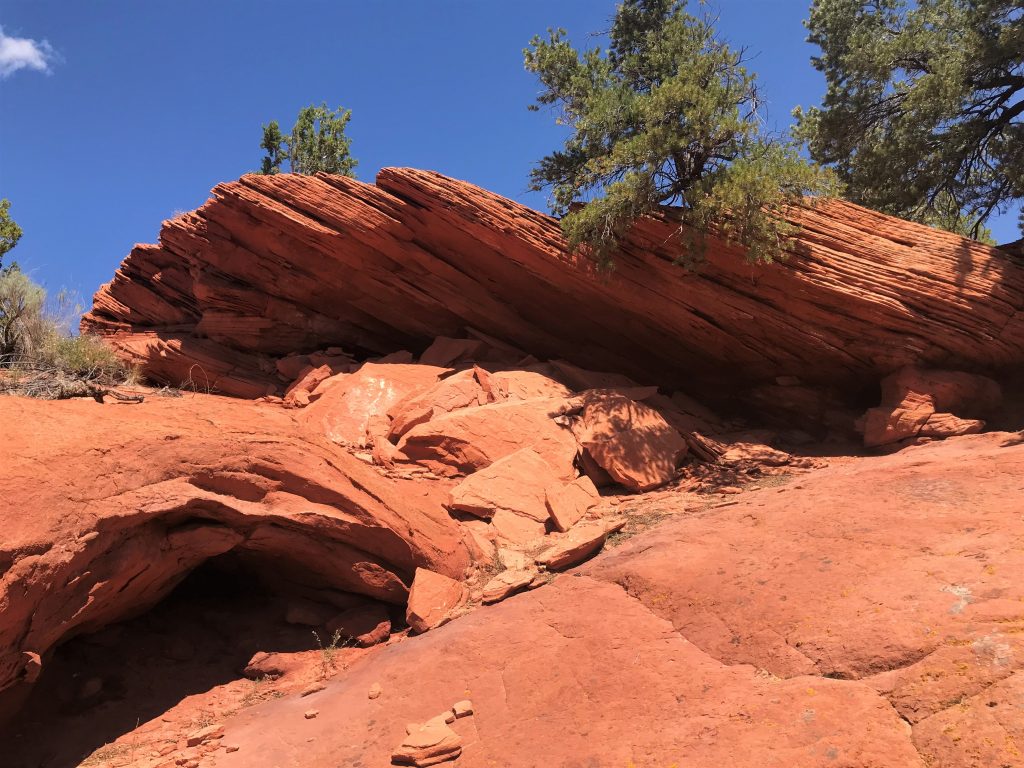
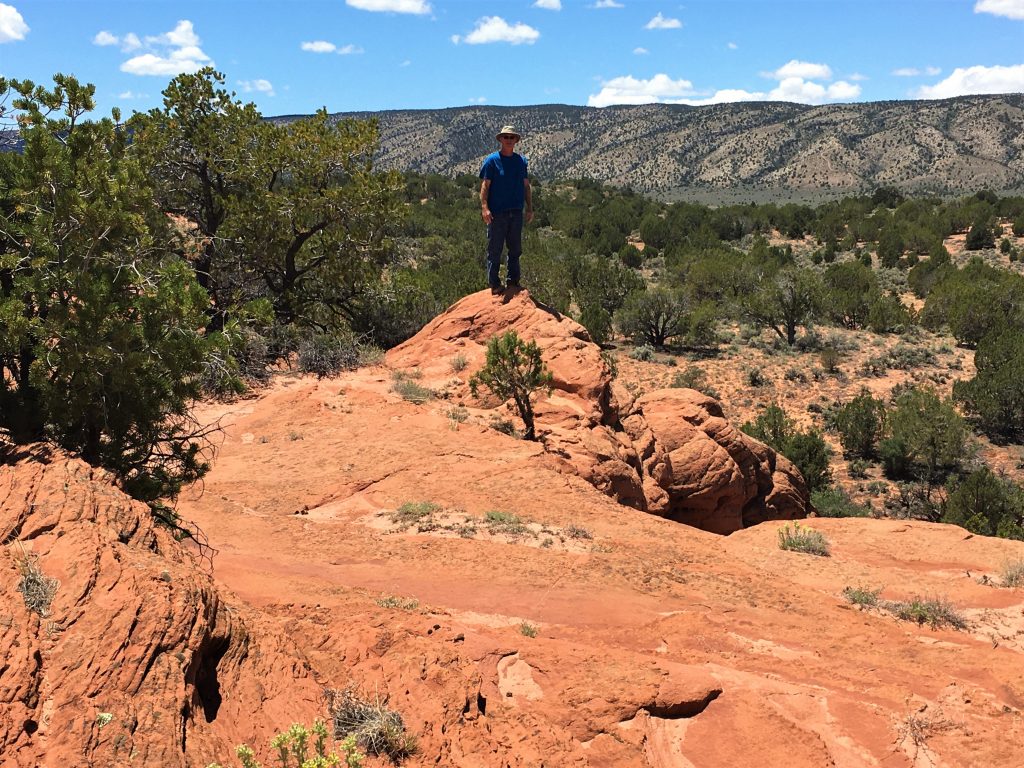
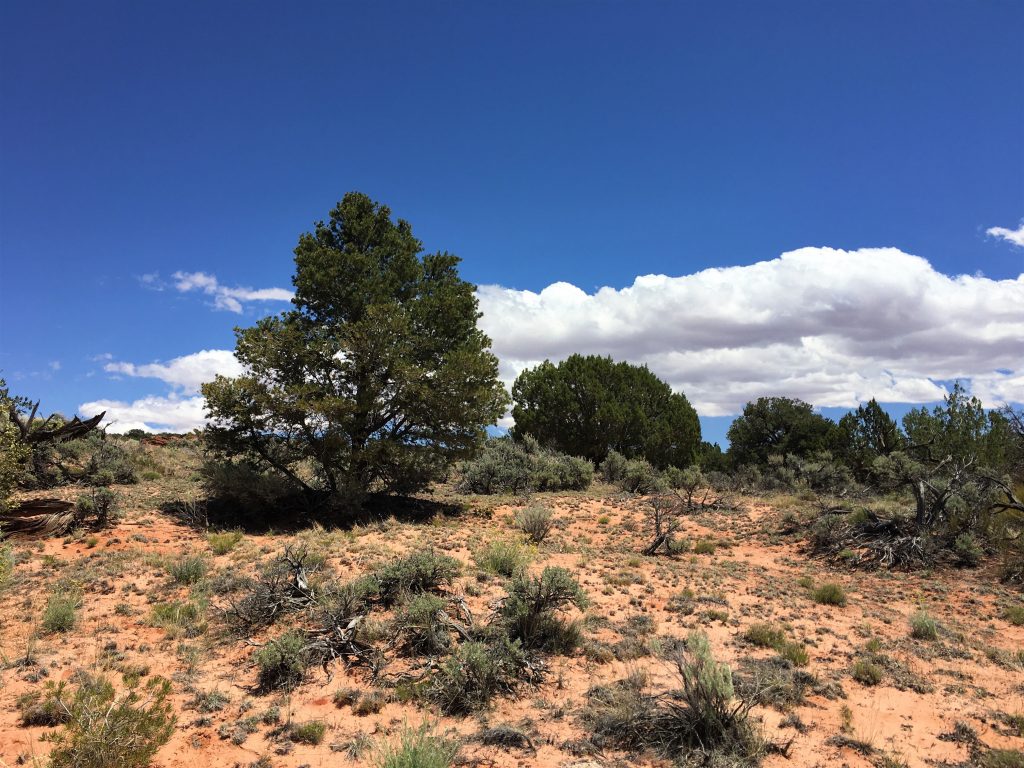
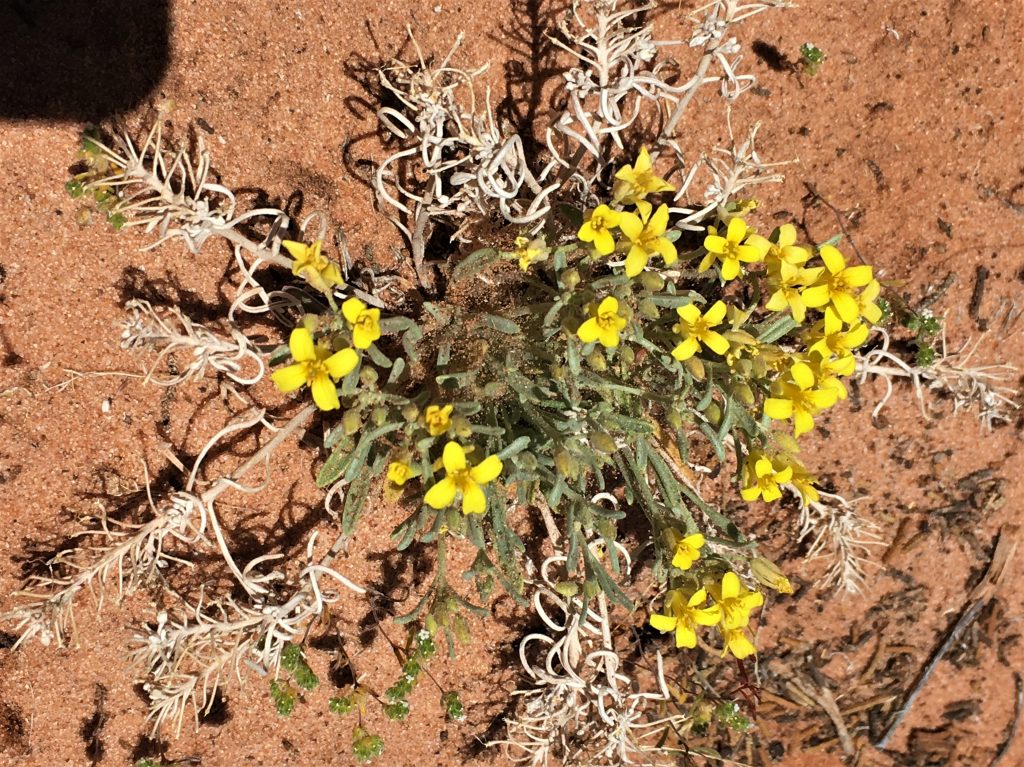
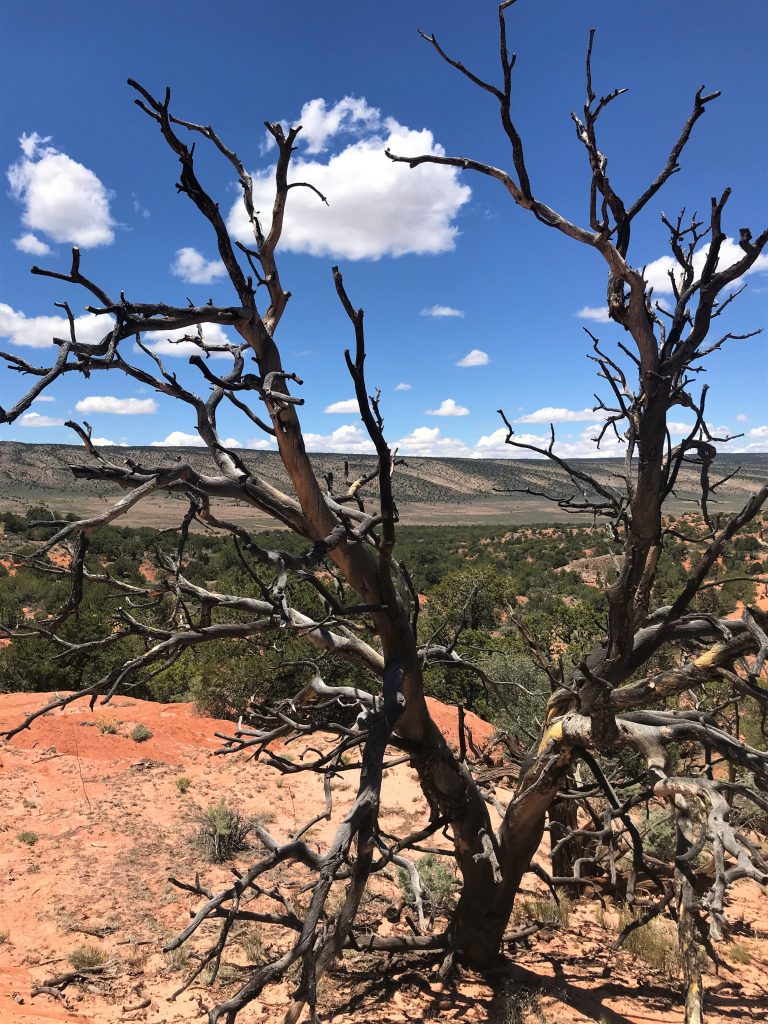
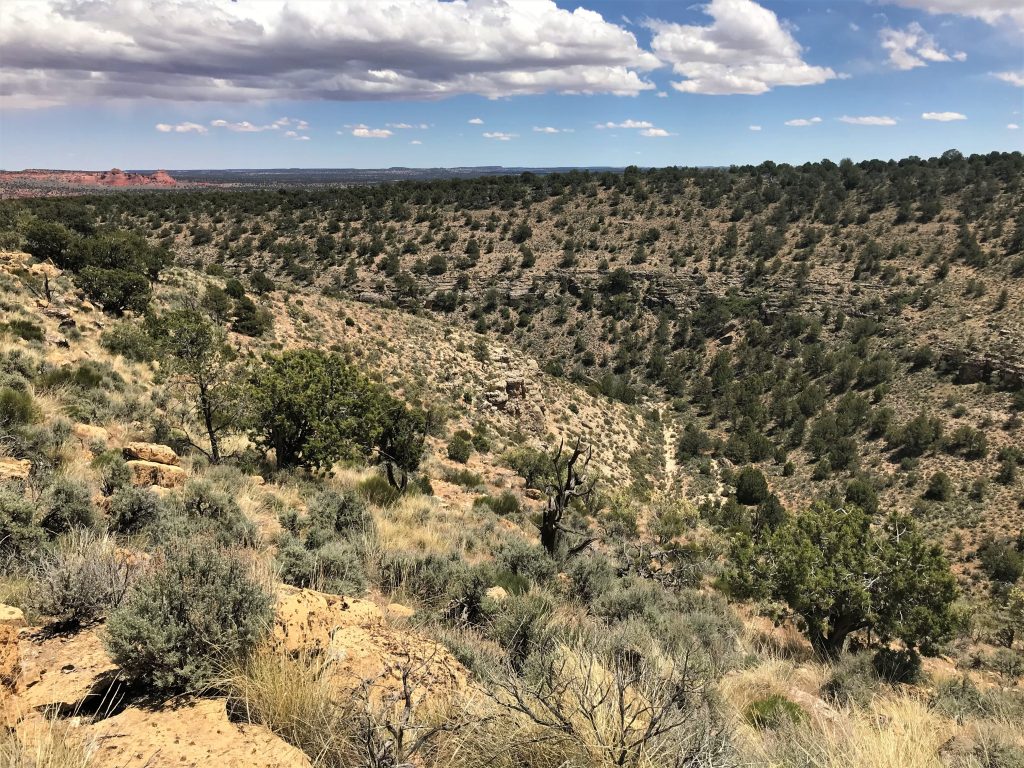
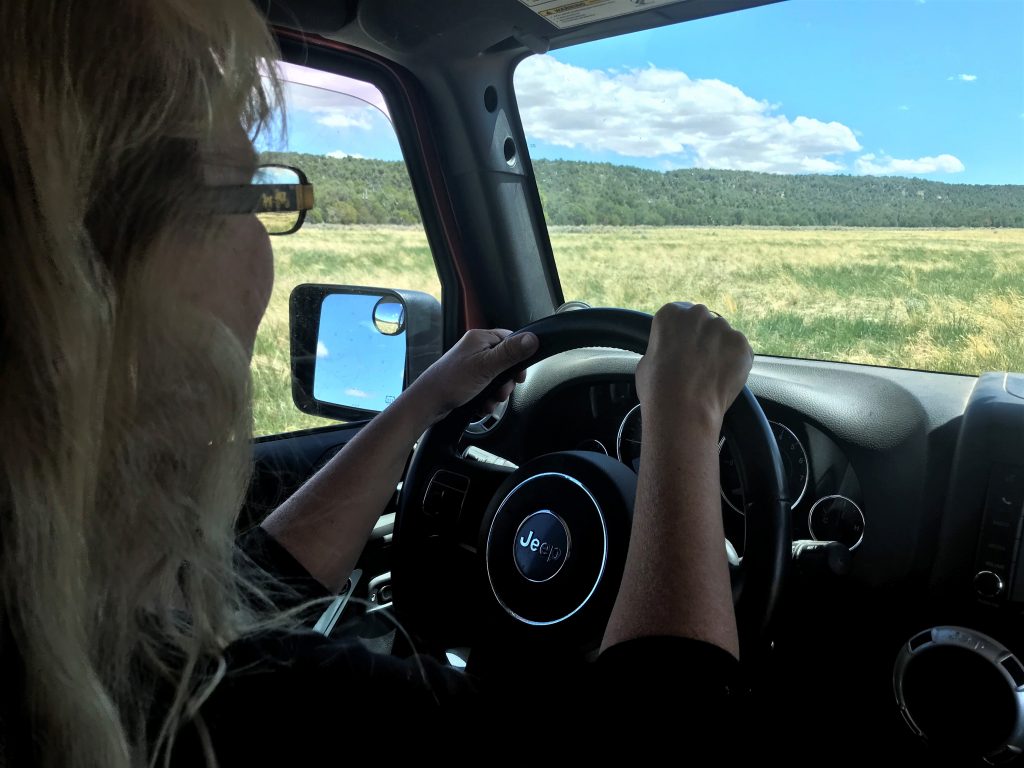
So nice to do something active. : )
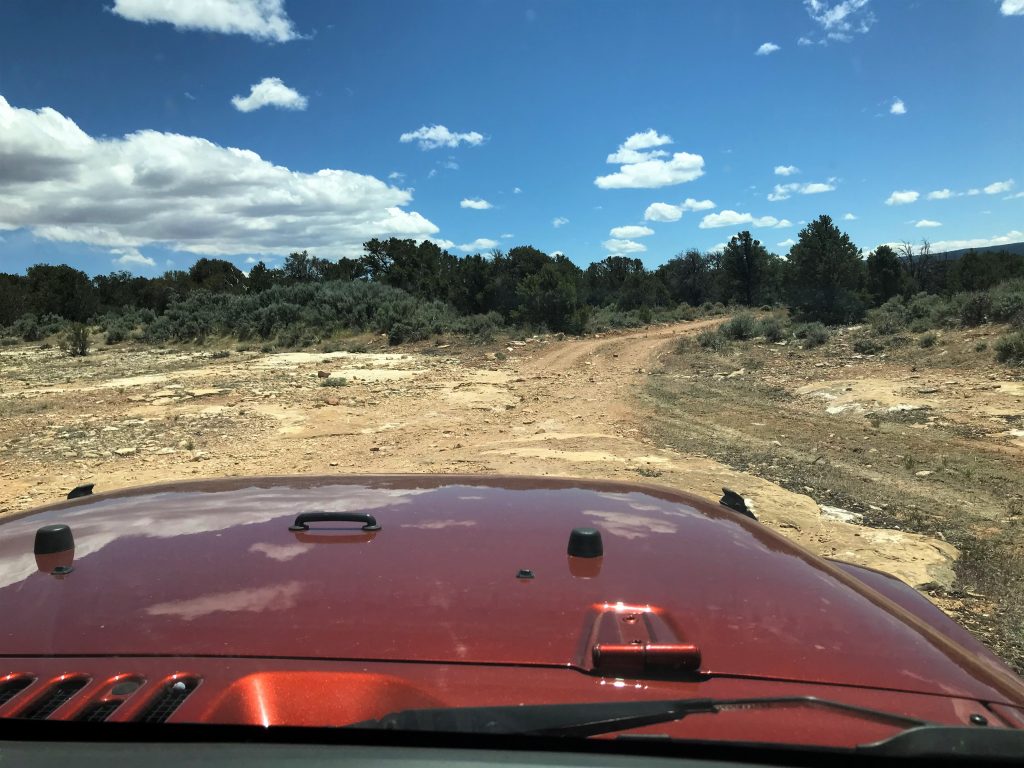
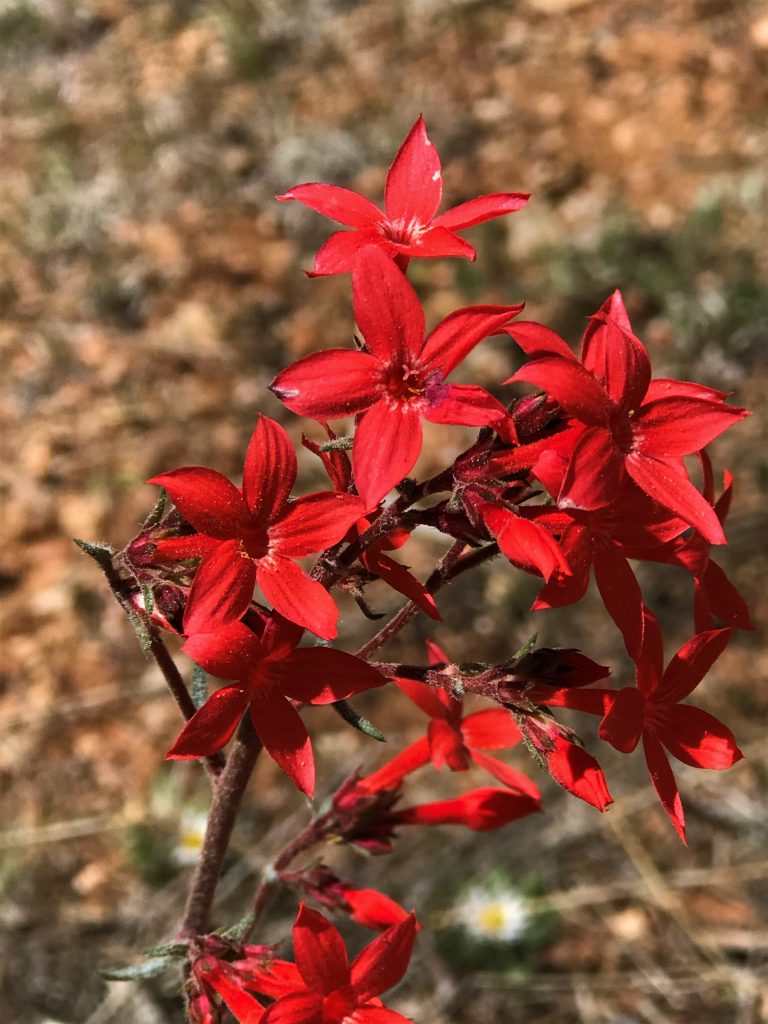
You can do that when you’re the driver. : )

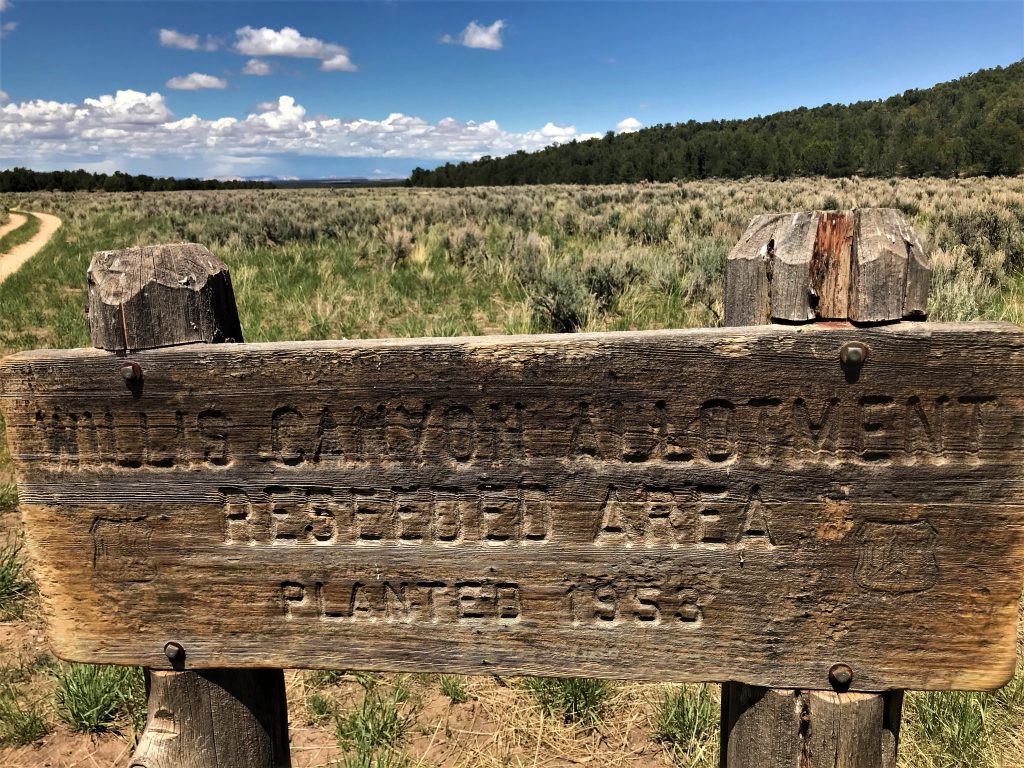
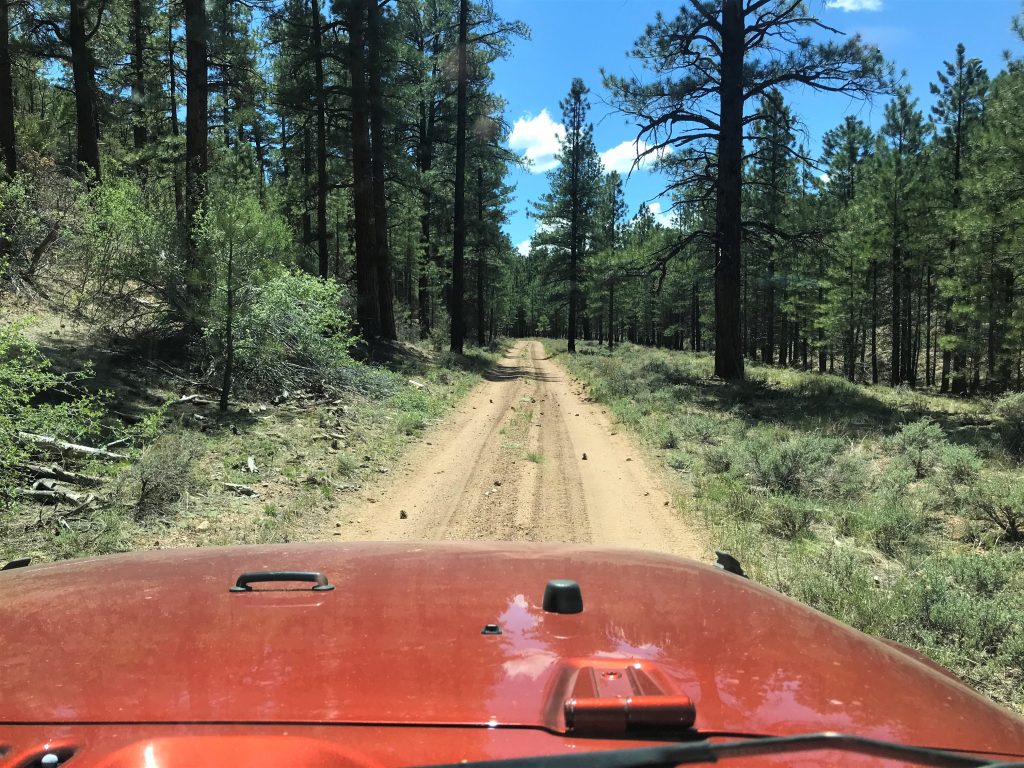
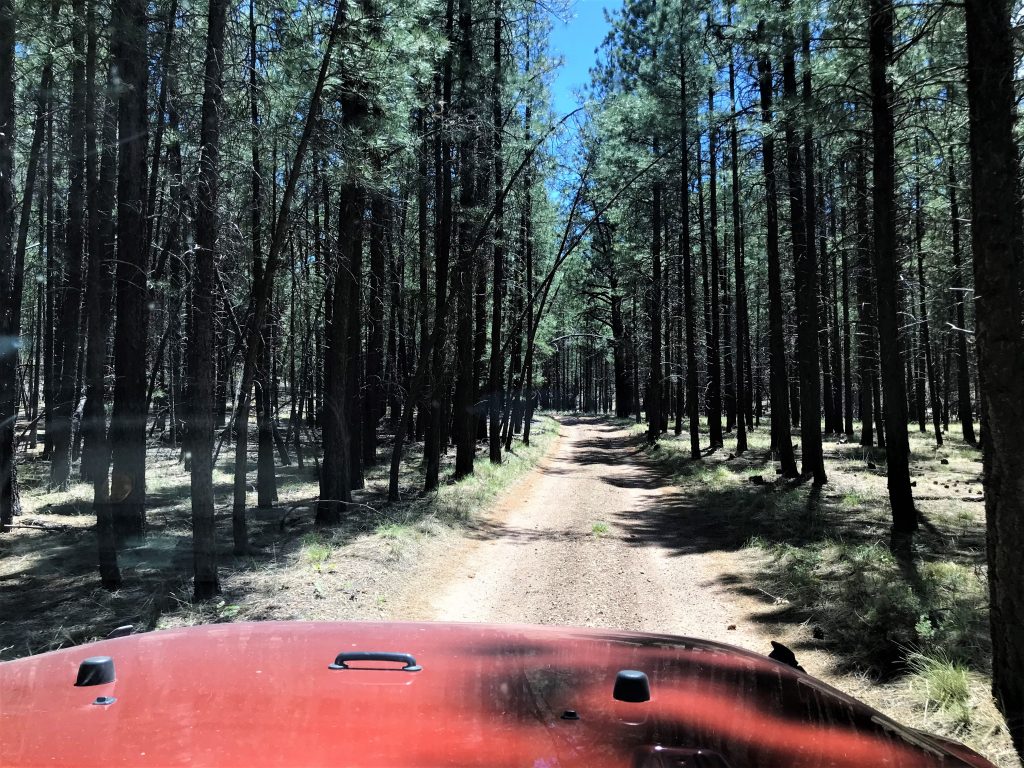
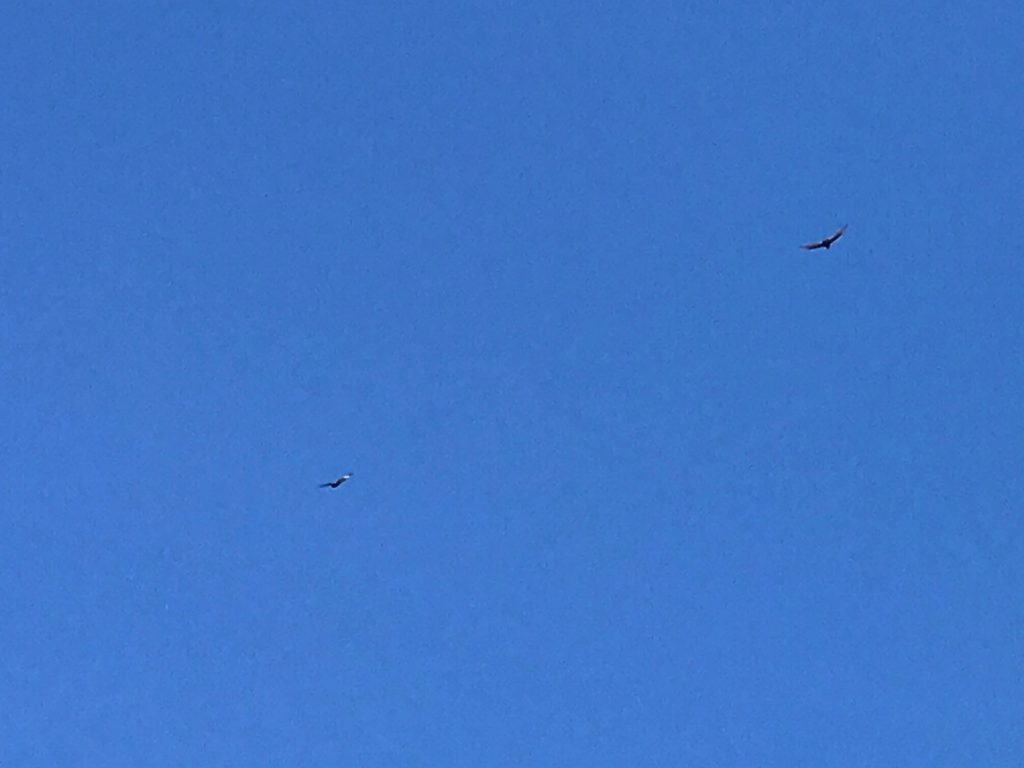
Here’s some information on the Condors from allaboutbirds.com:


The spectacular but endangered California Condor is the largest bird in North America. These superb gliders travel widely to feed on carcasses of deer, pigs, cattle, sea lions, whales, and other animals. Pairs nest in caves high on cliff faces. The population fell to just 22 birds in the 1980s, but there are now some 230 free-flying birds in California, Arizona, and Baja California with another 160 in captivity. Lead poisoning remains a severe threat to their long-term prospects.

California Condors are the largest wild birds in North America. Their wings are exceptionally long and broad, with long primary feathers giving a fingered look to the wingtips. In flight the body is noticeably bulky, the head appears small, and the tail is short and broad. They average about 4-feet in length, with a 9-foot wingspan and weigh anywhere from 15 ½ to 22 pounds.

Cool Facts:
- In the late Pleistocene, about 40,000 years ago, California Condors were found throughout North America. At this time, giant mammals roamed the continent, offering condors a reliable food supply. When Lewis and Clark explored the Pacific Northwest in 1805 they found condors there. Until the 1930s, they occurred in the mountains of Baja California.
- One reason California Condor recovery has been slow is their extremely slow reproduction rate. Female condors lay only one egg per nesting attempt, and they don’t always nest every year. The young depend on their parents for more than 12 months, and take 6-8 years to reach maturity.
- Condors soar slowly and stably. They average about 30 mph in flight and can get up to over 40 mph. They take about 16 seconds to complete a circle in soaring flight. By comparison, Bald Eagles and Golden Eagles normally circle in 12–14 seconds, and Red-tailed Hawks circle in about 8–10 seconds.
- At carcasses, California Condors dominate other scavengers. The exception is when a Golden Eagle is present. Although the condor weighs about twice as much as an eagle, the superior talons of the eagle command respect.
- Condors can survive 1–2 weeks without eating. When they find a carcass they eat their fill, storing up to 3 pounds of meat in their crop (a part of the esophagus) before they leave.
- California Condors once foraged on offshore islands, visiting mammal and seabird colonies to eat carrion, eggs and possibly live prey such as nestlings.
- In cold weather, condors raise their neck feathers to keep warm. In hot weather, condors (and other vultures) urinate onto a leg. As the waste evaporates, it cools off blood circulating in the leg, lowering the whole body temperature. Condors bathe frequently and this helps avoid buildup of wastes on the legs.
- Adult condors sometimes temporarily restrain an overenthusiastic nestling by placing a foot on its neck and clamping it to the floor. This forceful approach is also a common way for an adult to remove a nestling’s bill from its throat at the end of a feeding.
- Young may take months to perfect flight and landings. “Crash” landings have been observed in young four months after their first flight.
- California Condors can probably live to be 60 or more years old—although none of the condors now alive are older than 40 yet.
- What’s in a name? The name “condor” comes from cuntur, which originated from the Inca name for the Andean Condor. Their scientific name, Gymnogyps californianus, comes from the Greek words gymnos, meaning naked, and refers to the head, and gyps meaning vulture; californianus is Latin and refers to the birds’ range.
Dinner tonight was quite the experience.
It was cold today. And we learned a long time ago that you can’t fry stuff outside when it’s cold because the oil doesn’t stay hot. But we had raw chicken wings that needed to be cooked, so Blaine asked, and I agreed, to try frying inside.
Never, Ever, EVER, EVER deep fry inside a motorhome!
We prepared for some grease splatter by laying a very large towel on our long table. We turned on the kitchen vent. We lit a bunch of candles.
But it wasn’t enough. Grease splattered everywhere! And I don’t really know why it flew to such great distances. Grease droplets were all over the place! And it’s not like I’ve never deep fried anything before. I used to make stuff like this in our house all the time, and NEVER had the mess we did today. NEVER. We had to mop and clean the living area from just behind the front seats to the end of the kitchen. And the smell lingered well into the next day. And it’s too cold to open the windows. Good grief!

Not a great ending to our wonderful day. But that’s okay. The wings were great, and we learned a valuable lesson. 😊
